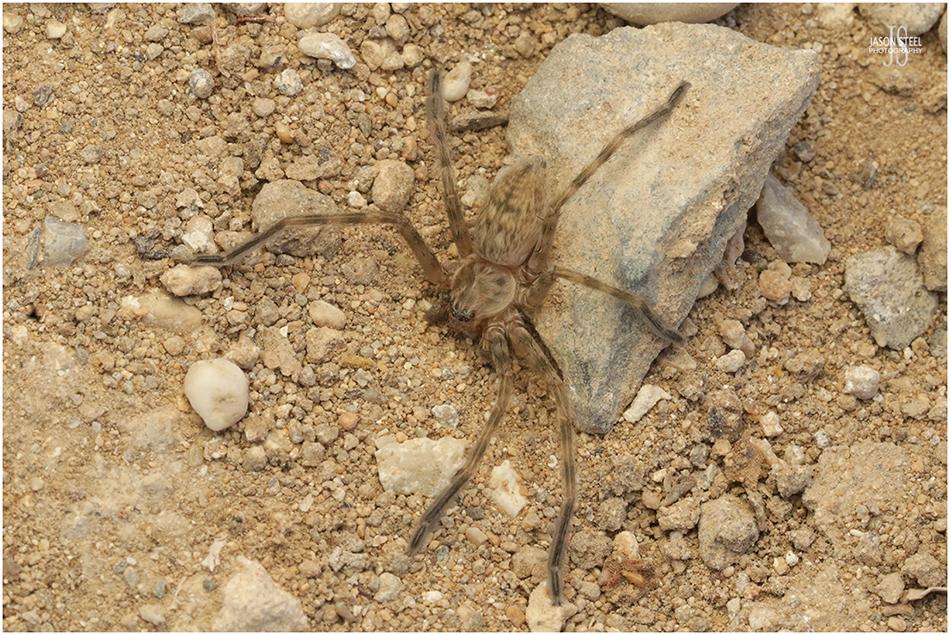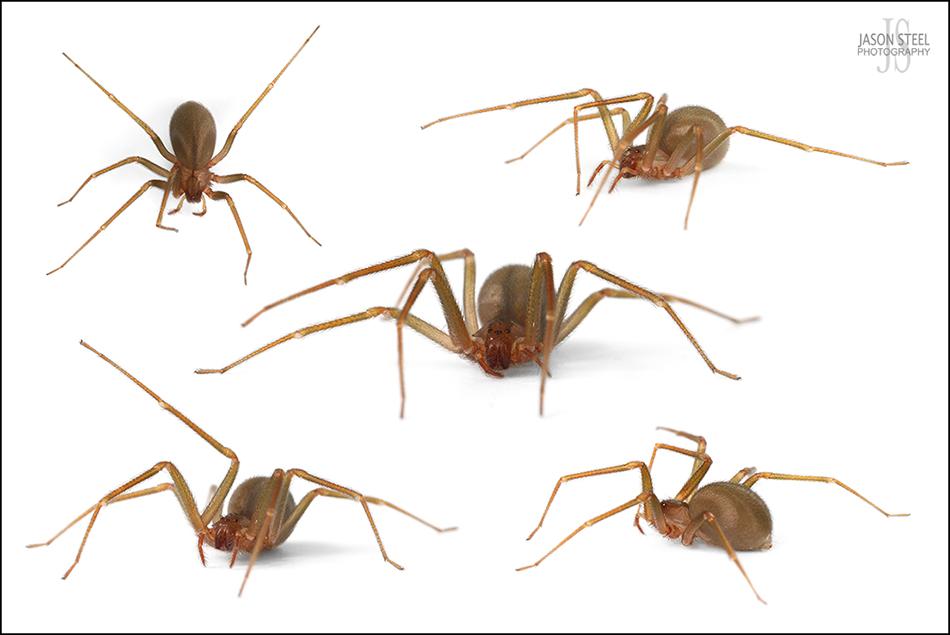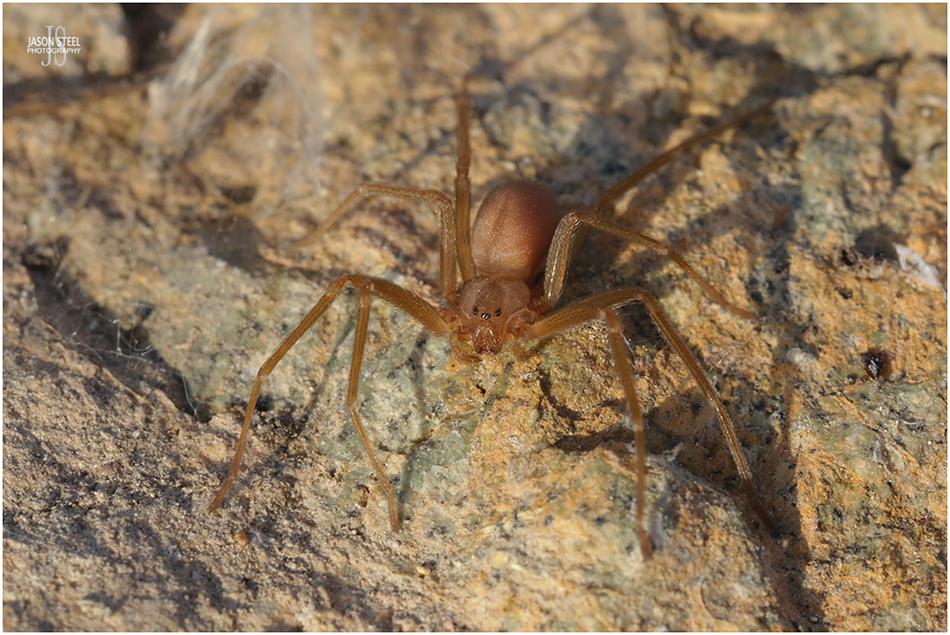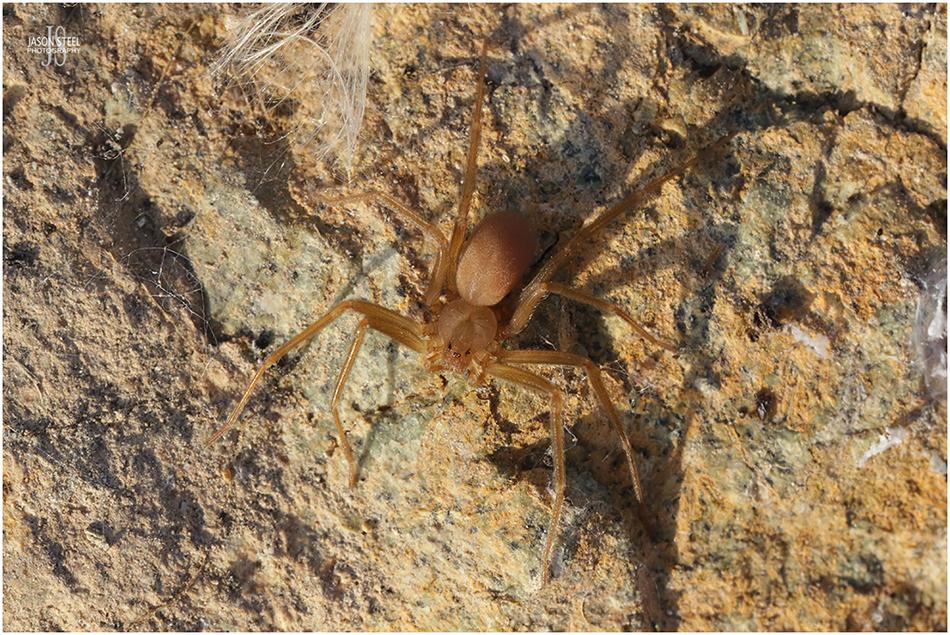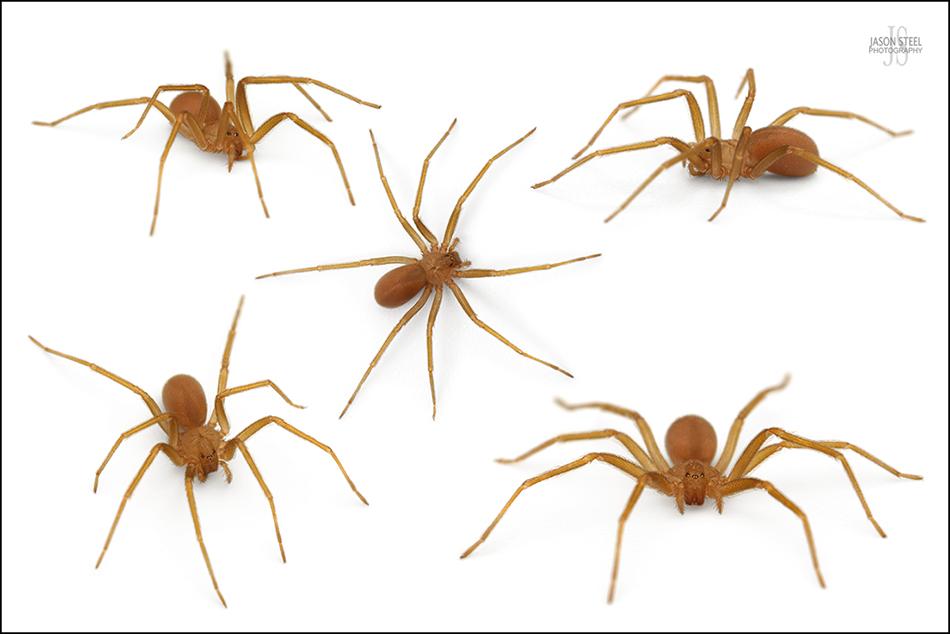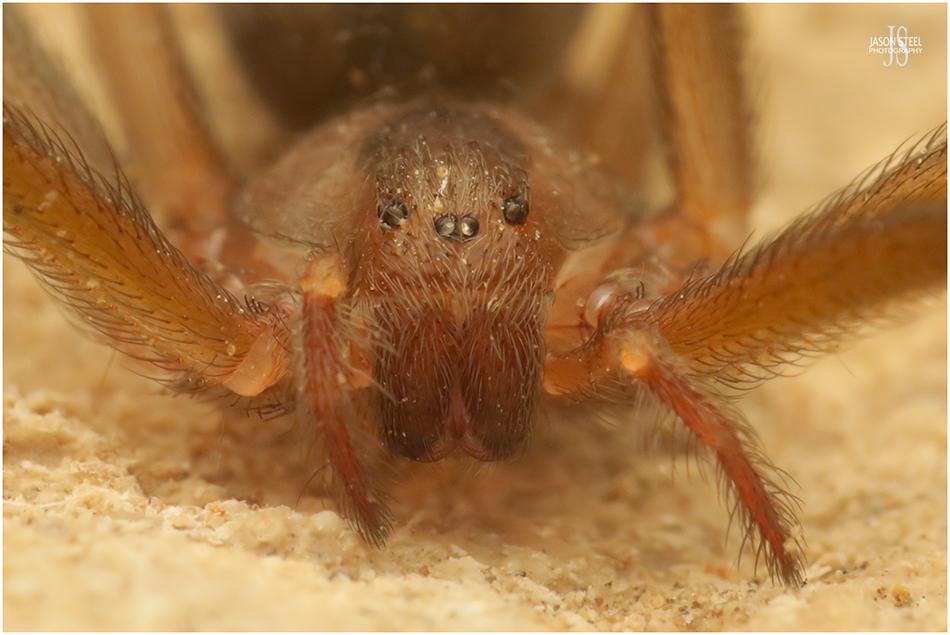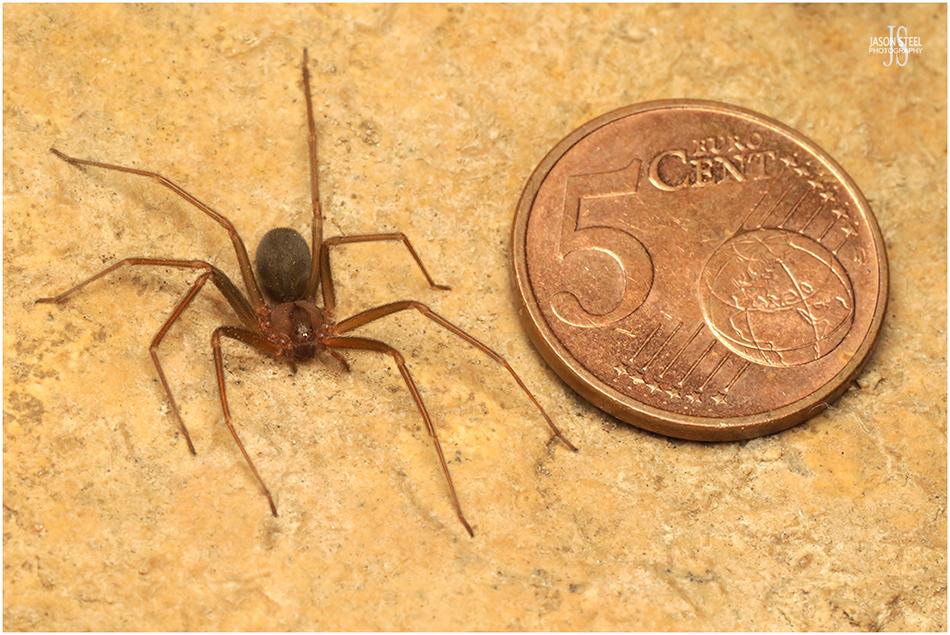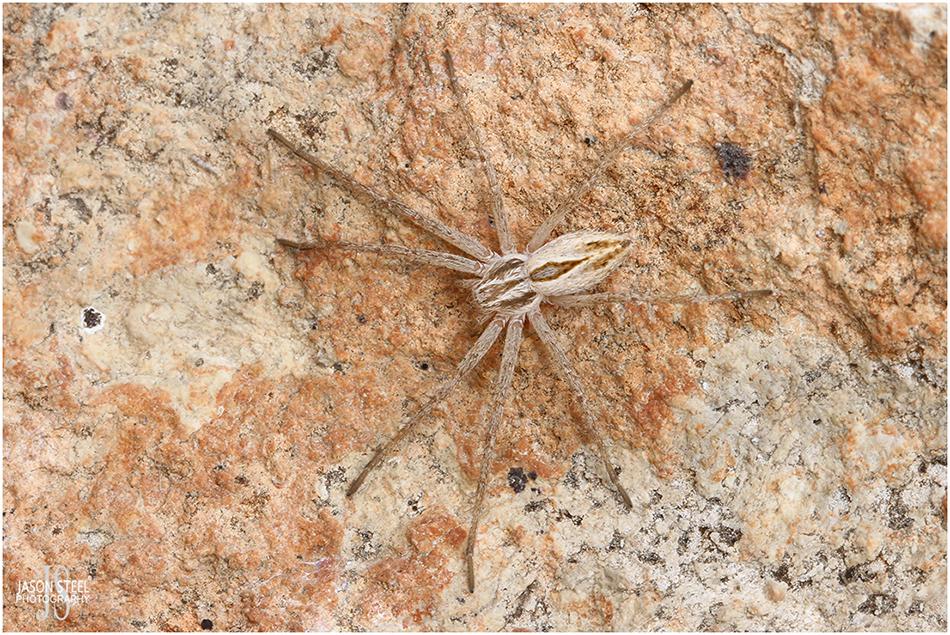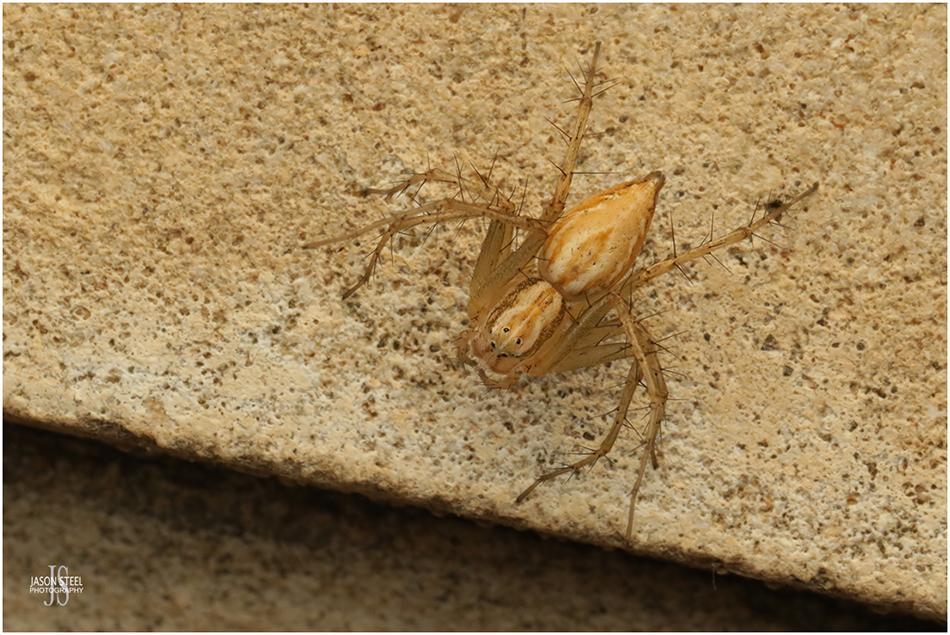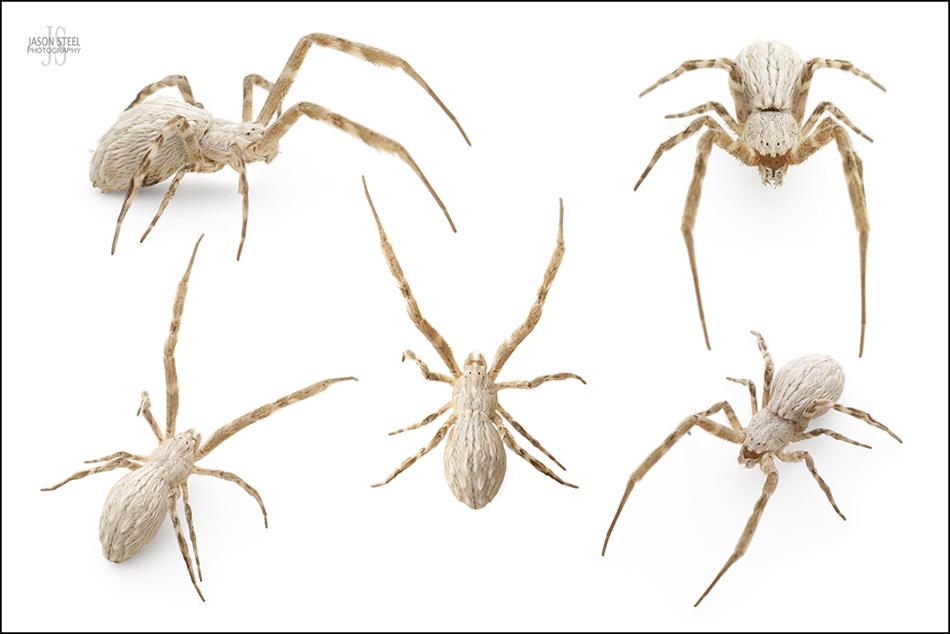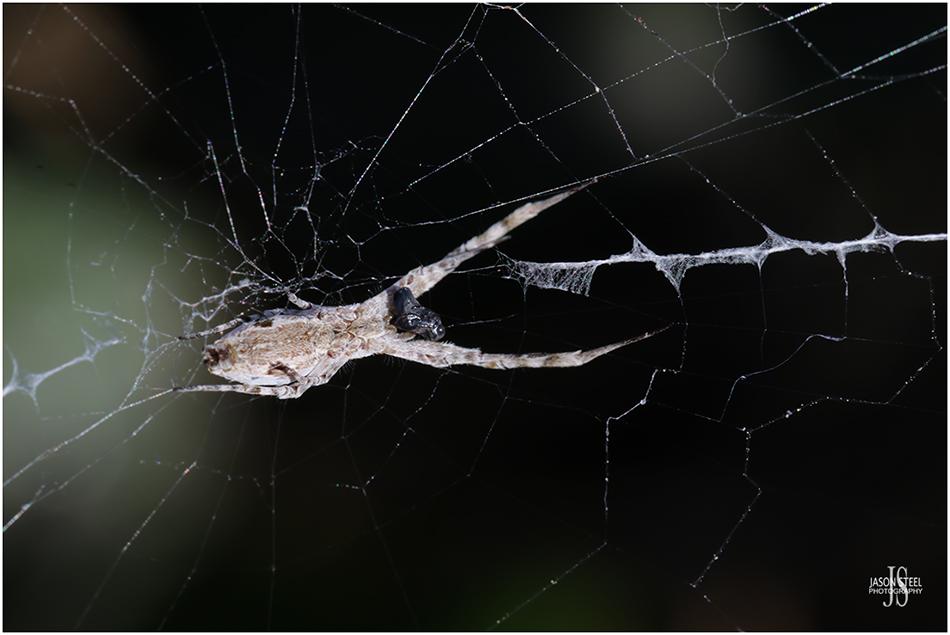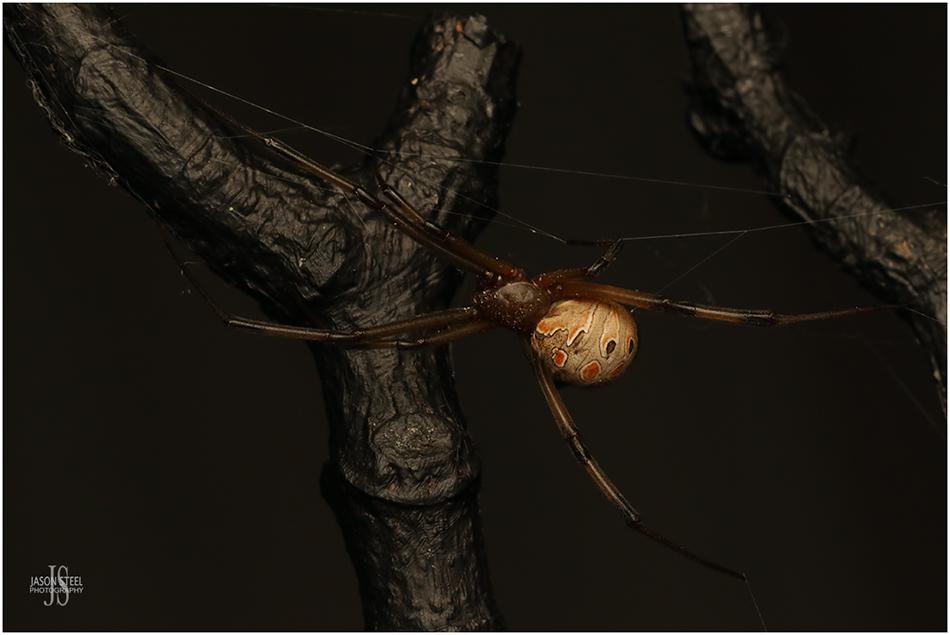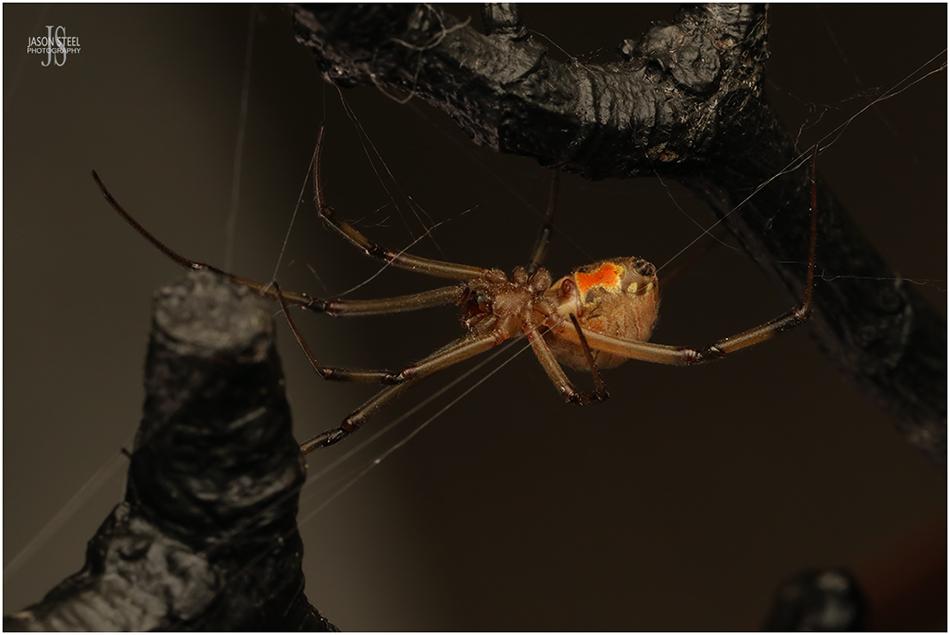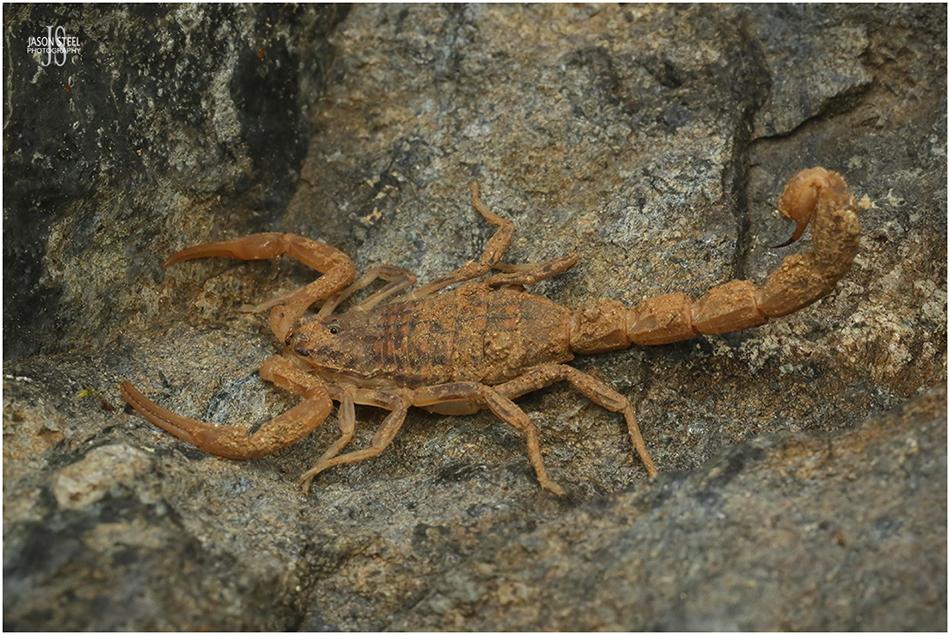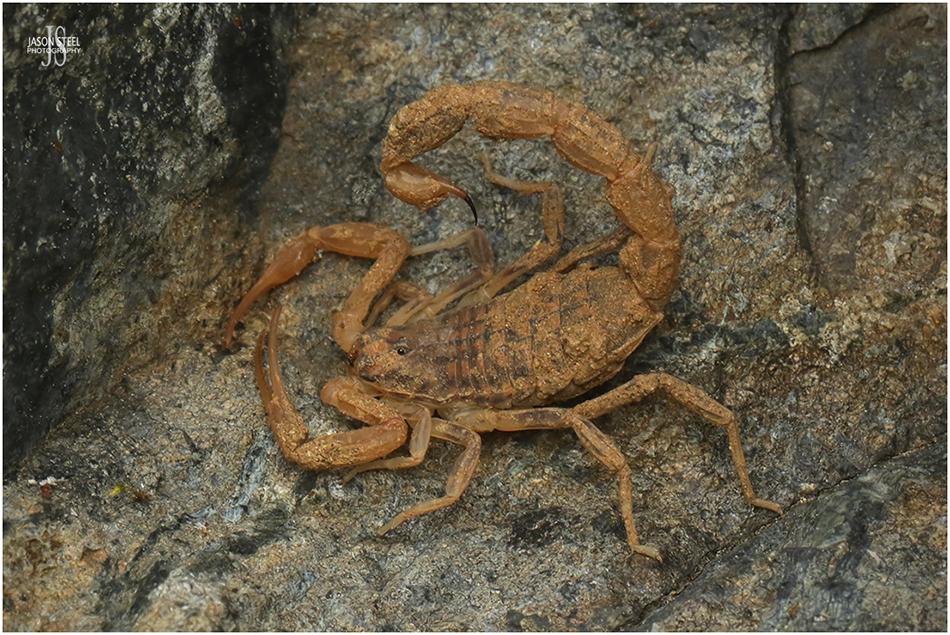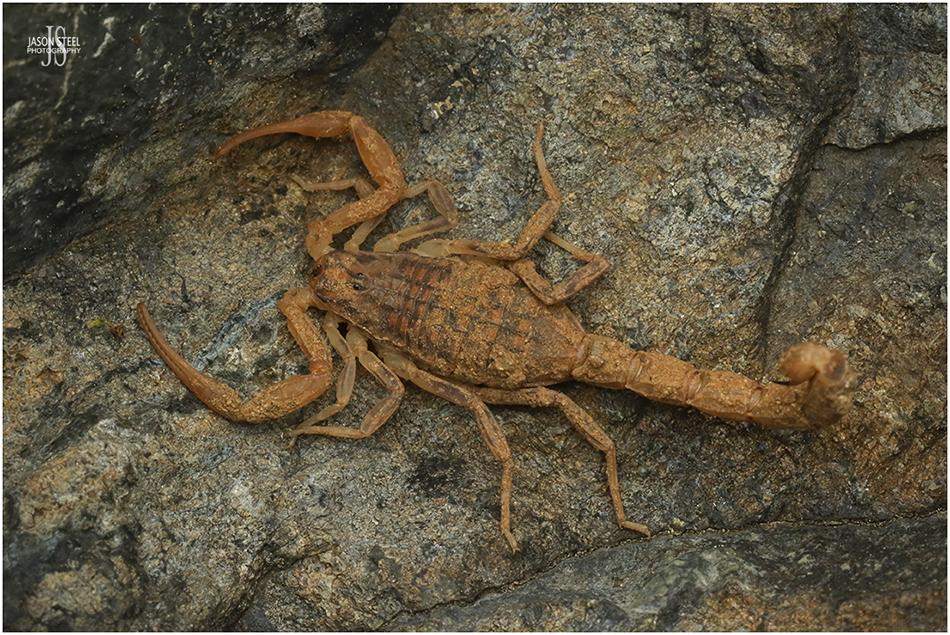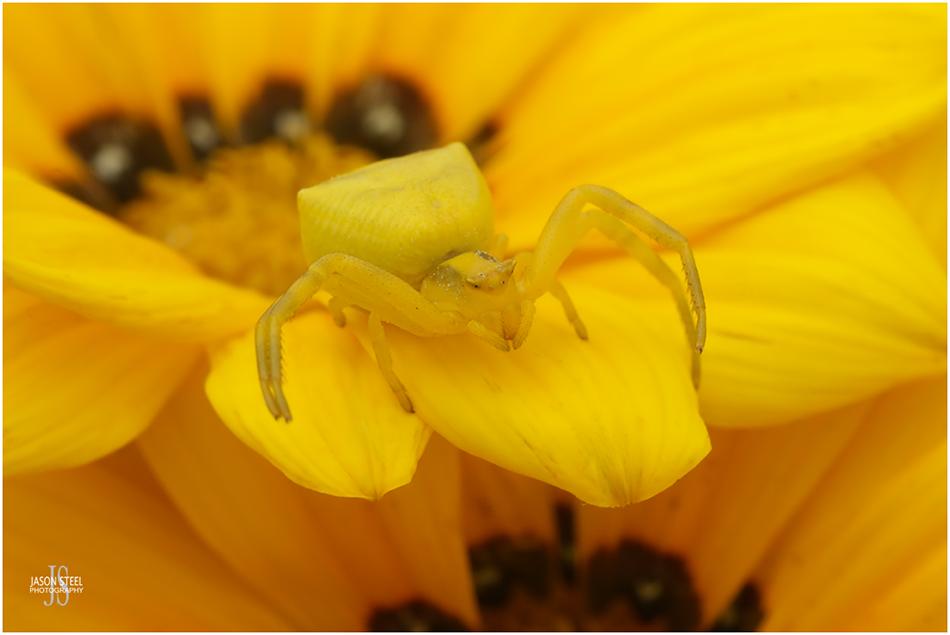
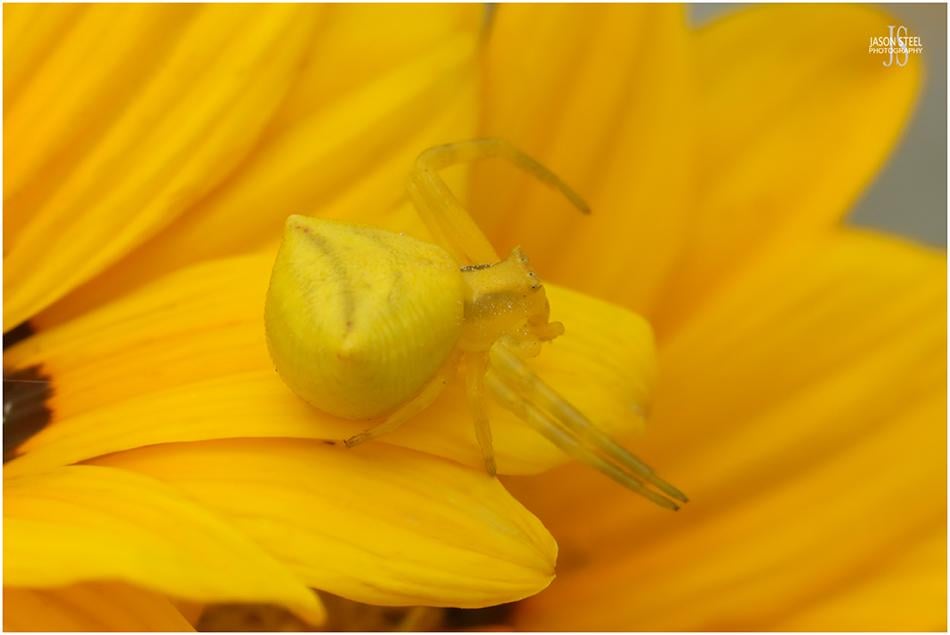
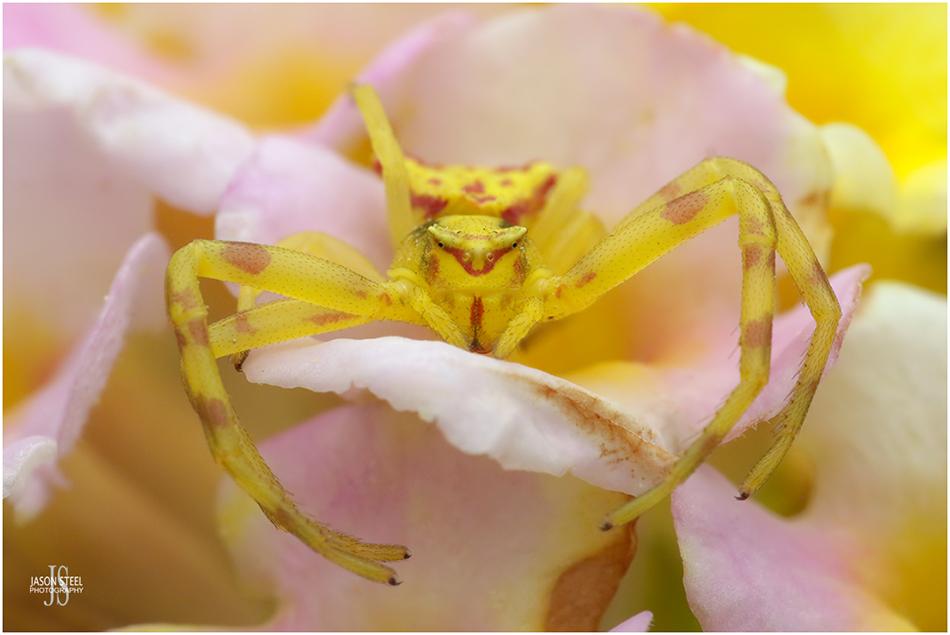
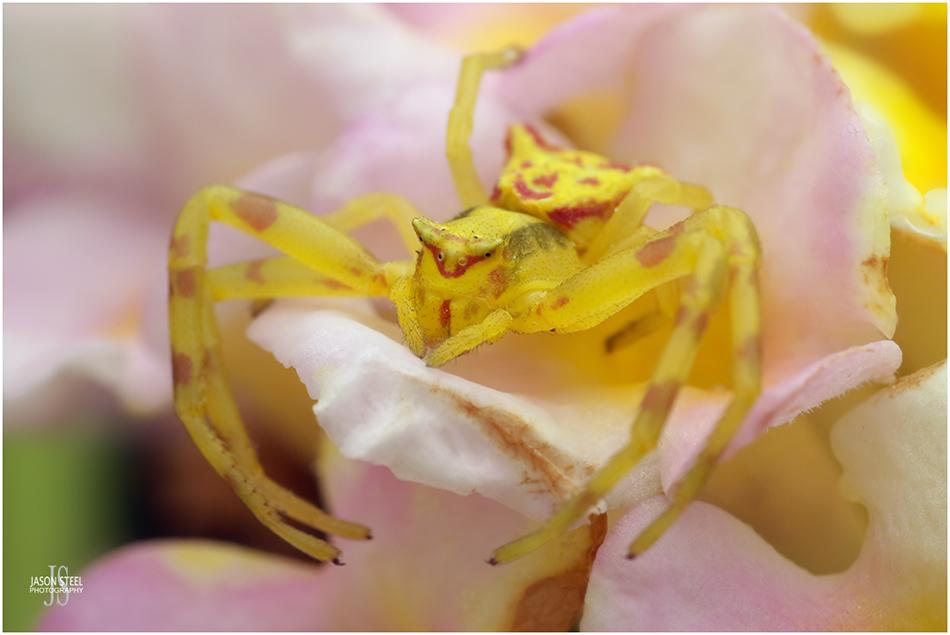
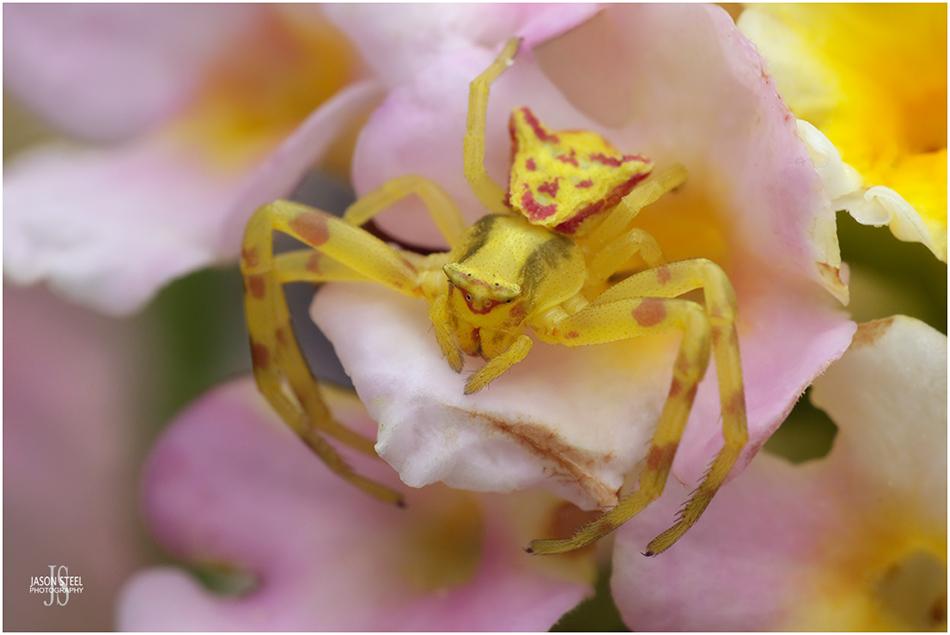
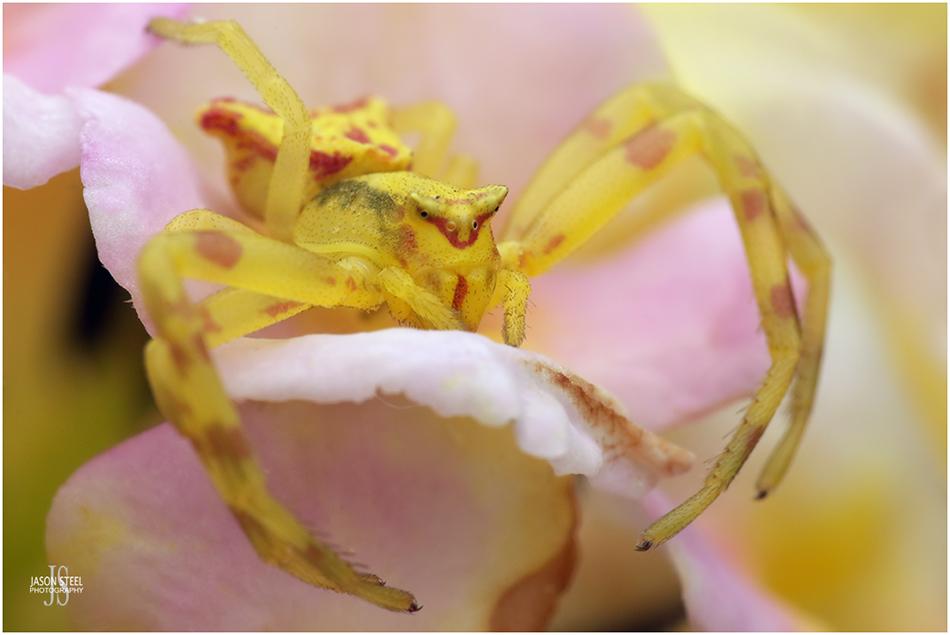
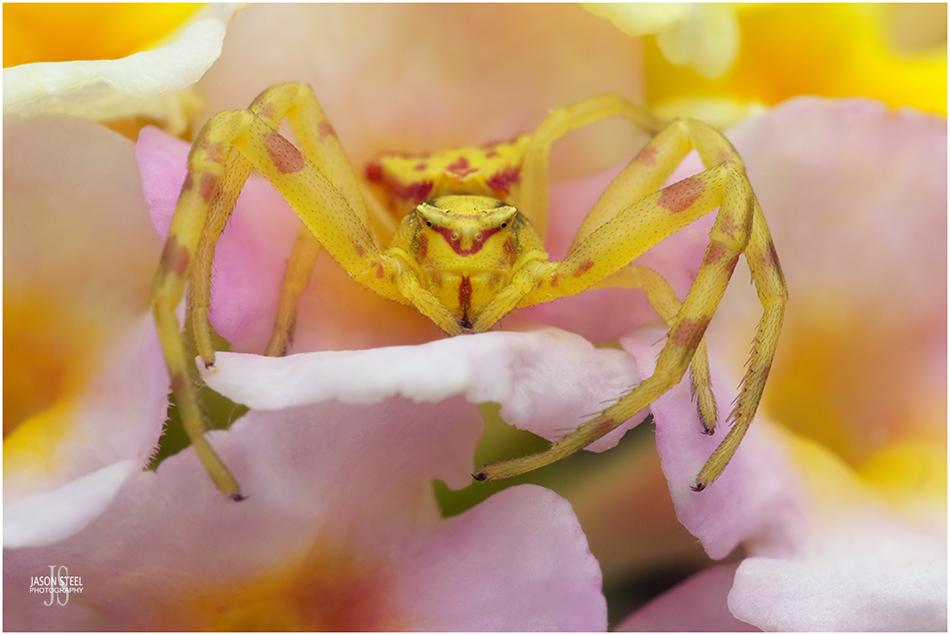
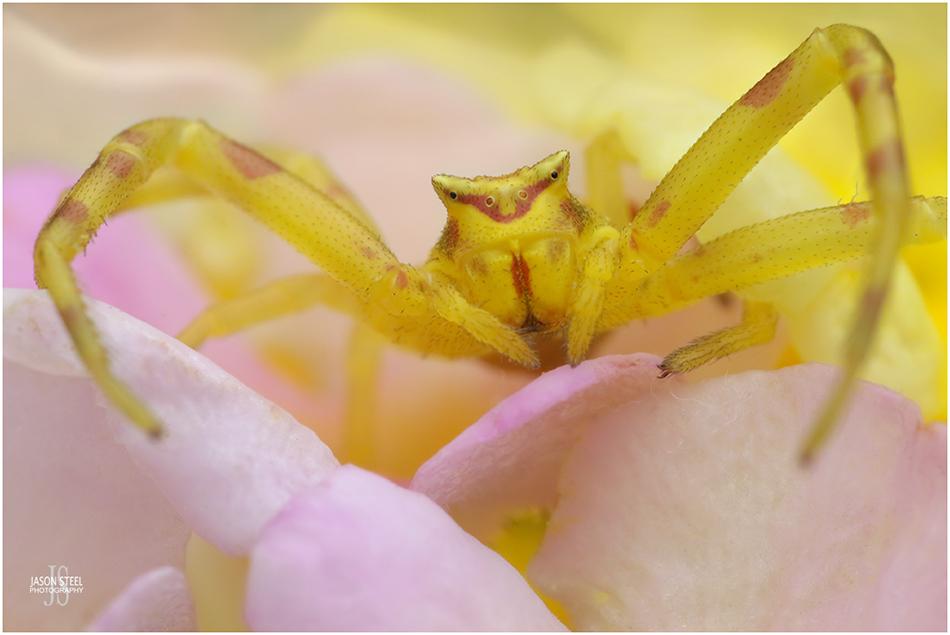
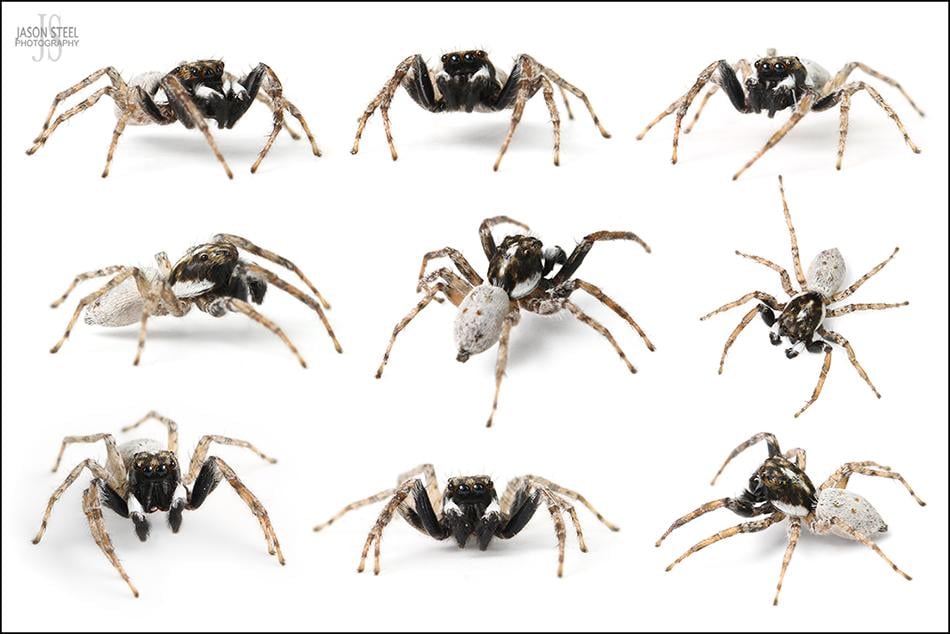
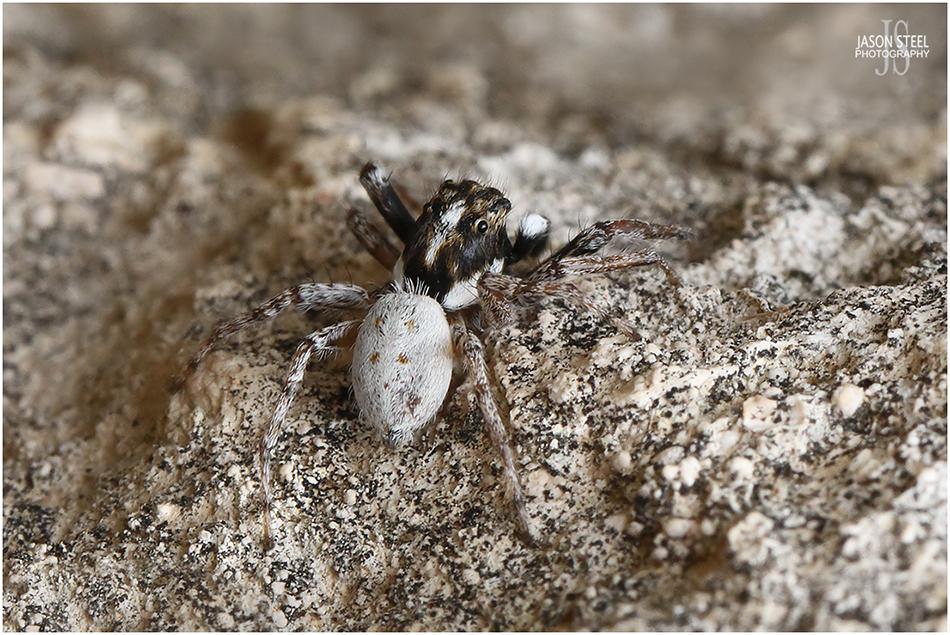
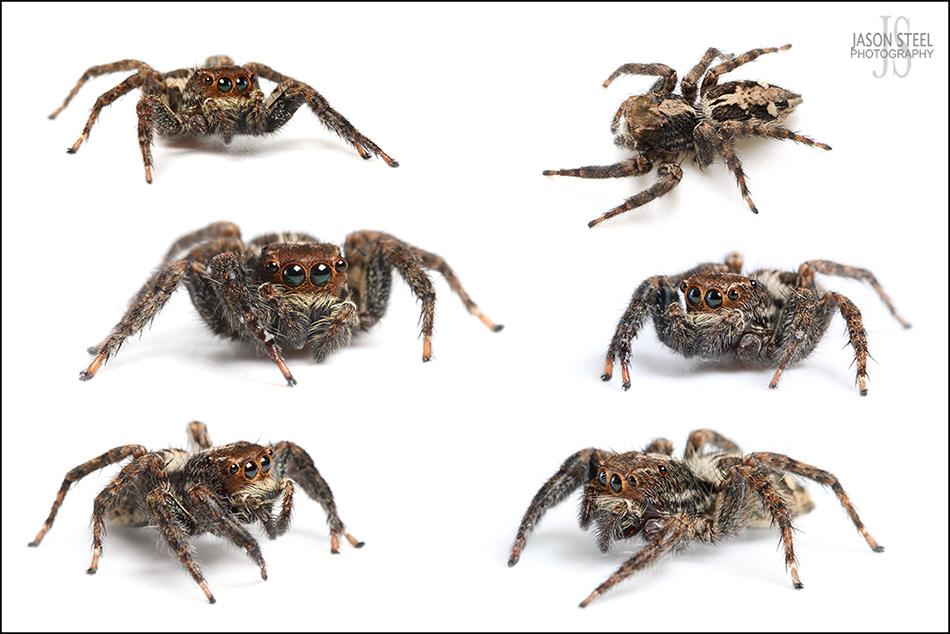

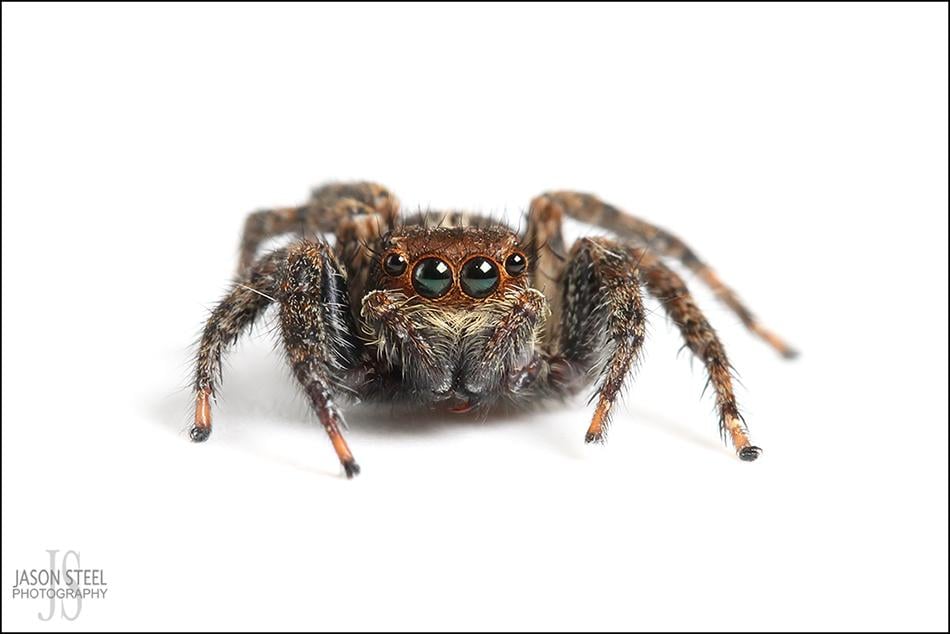
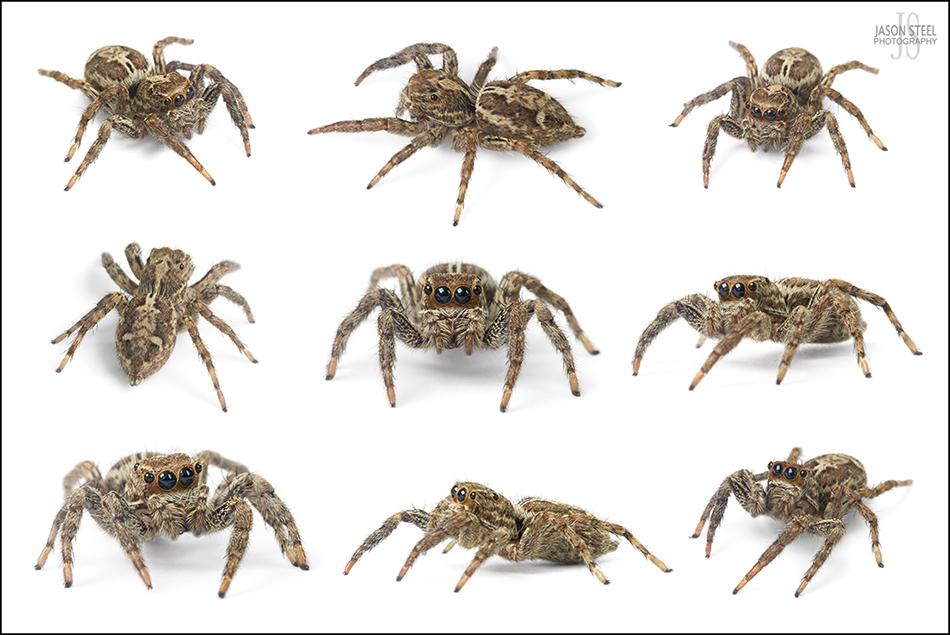
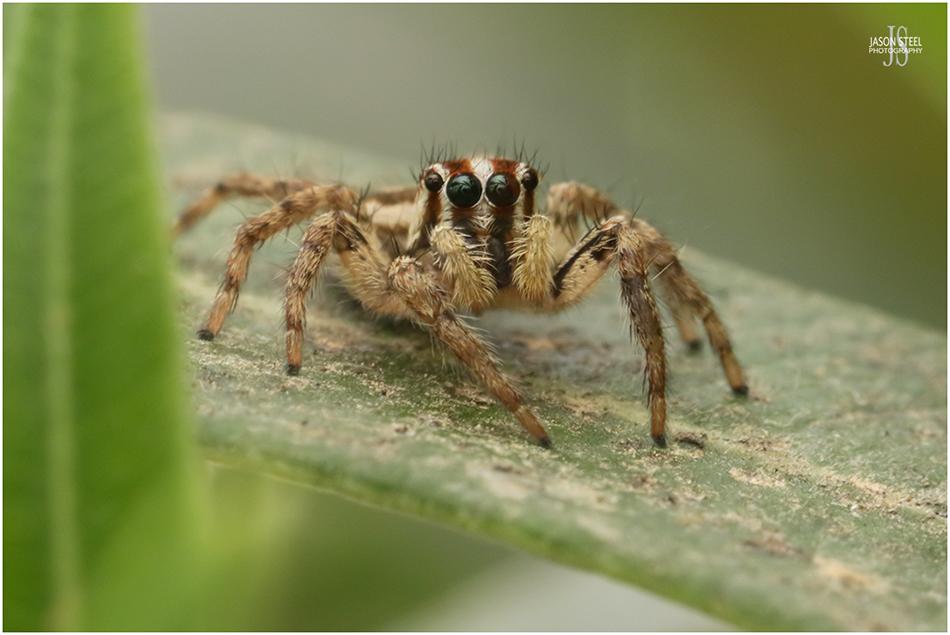
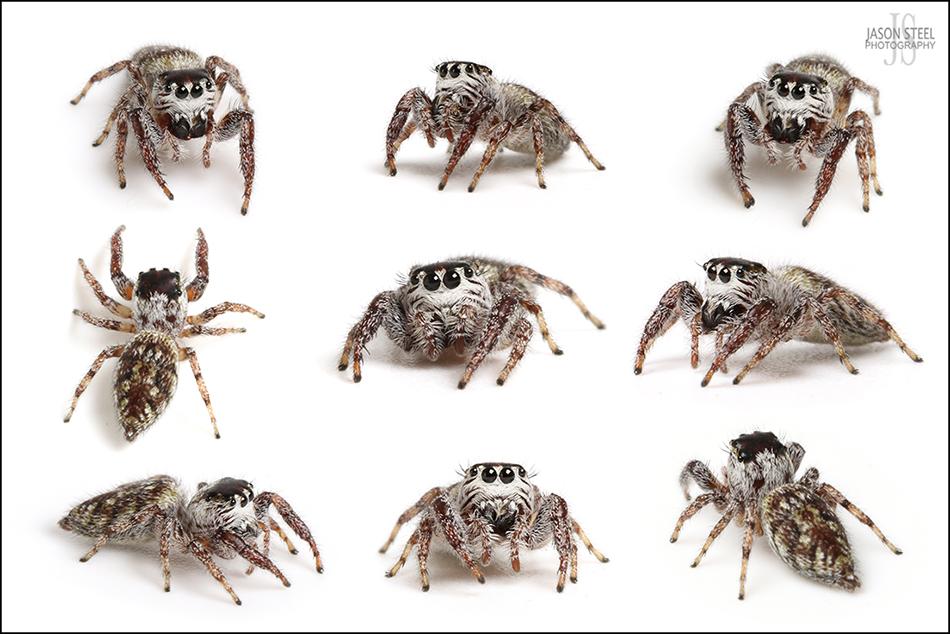
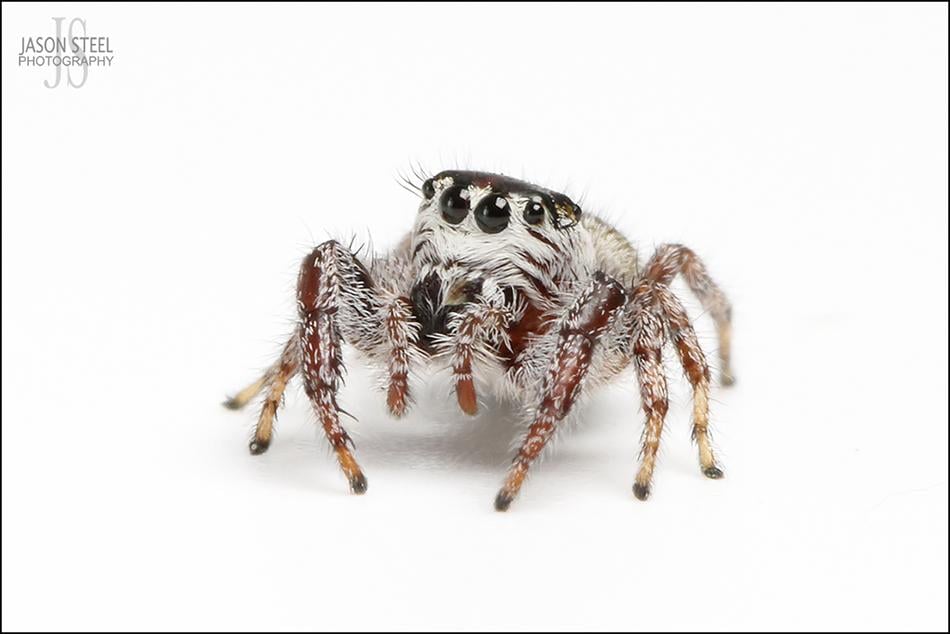
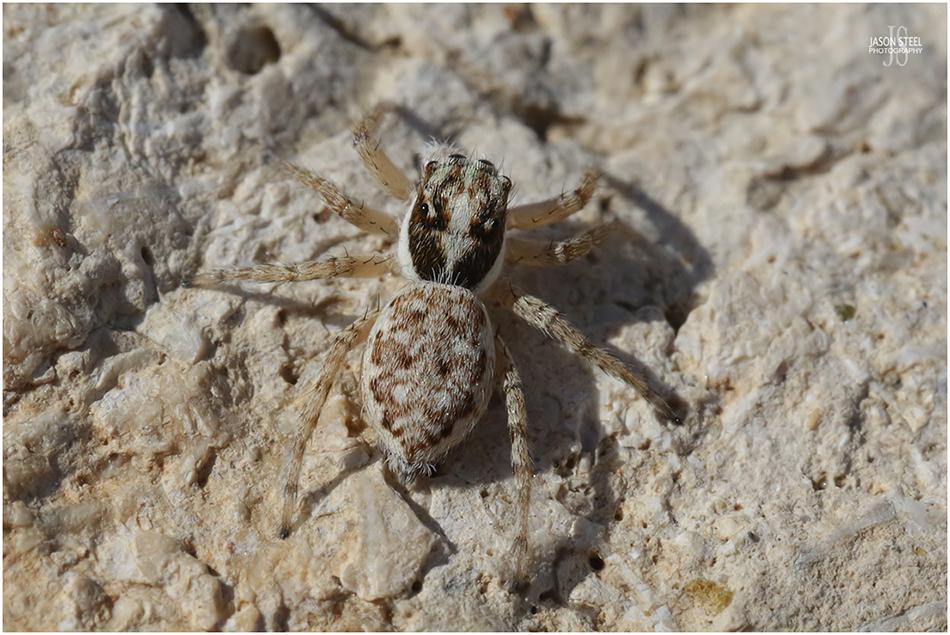
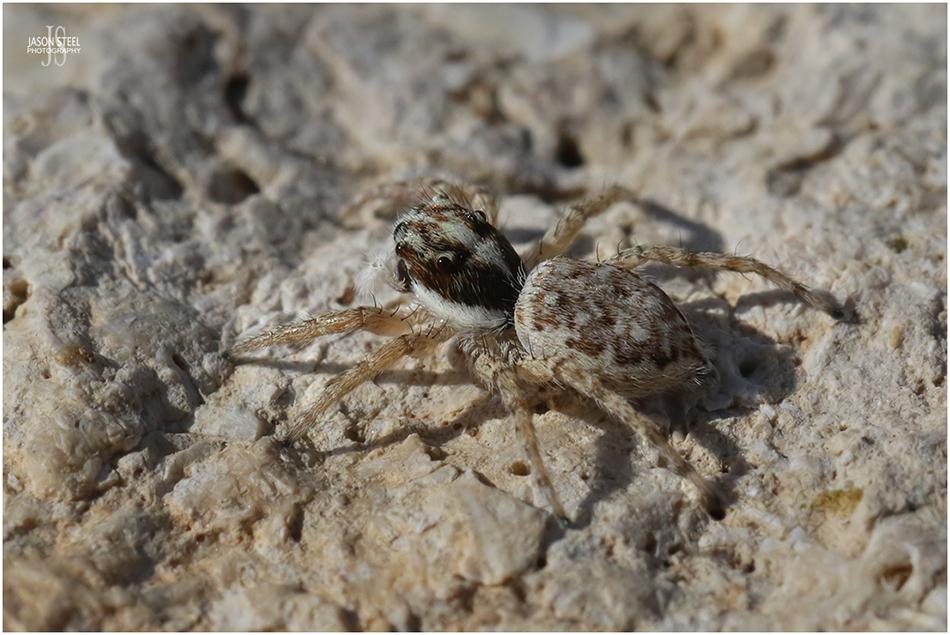
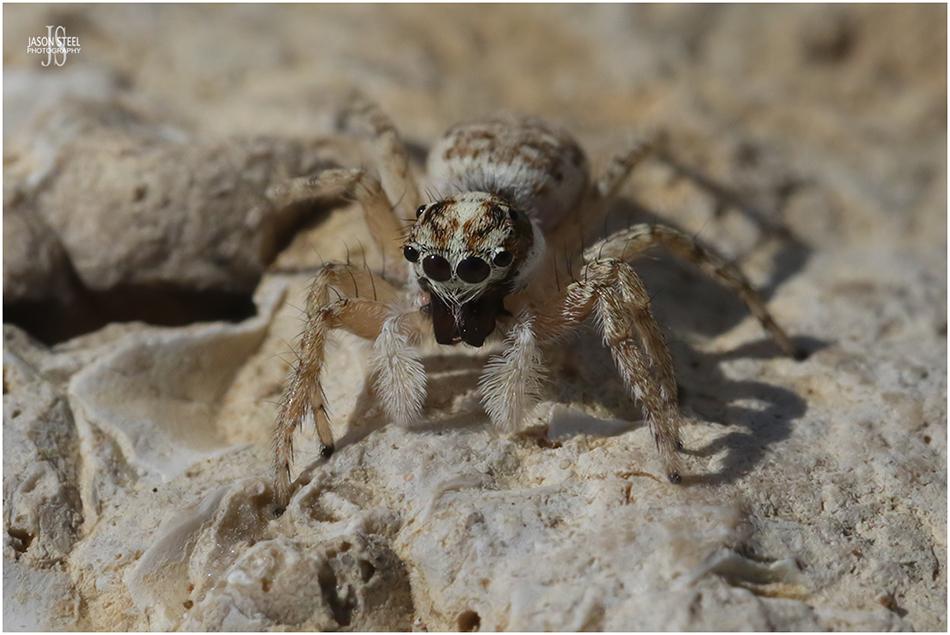
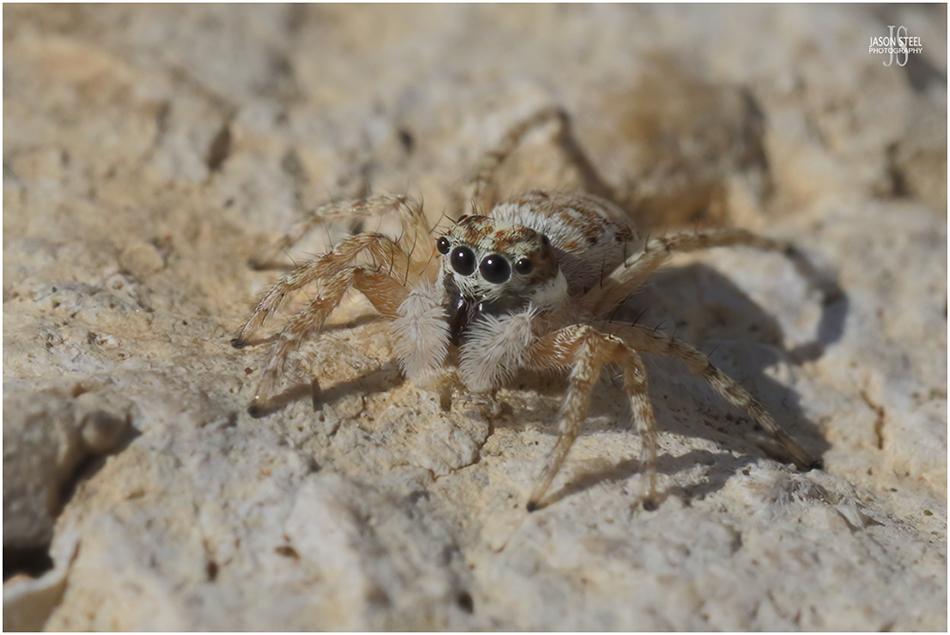
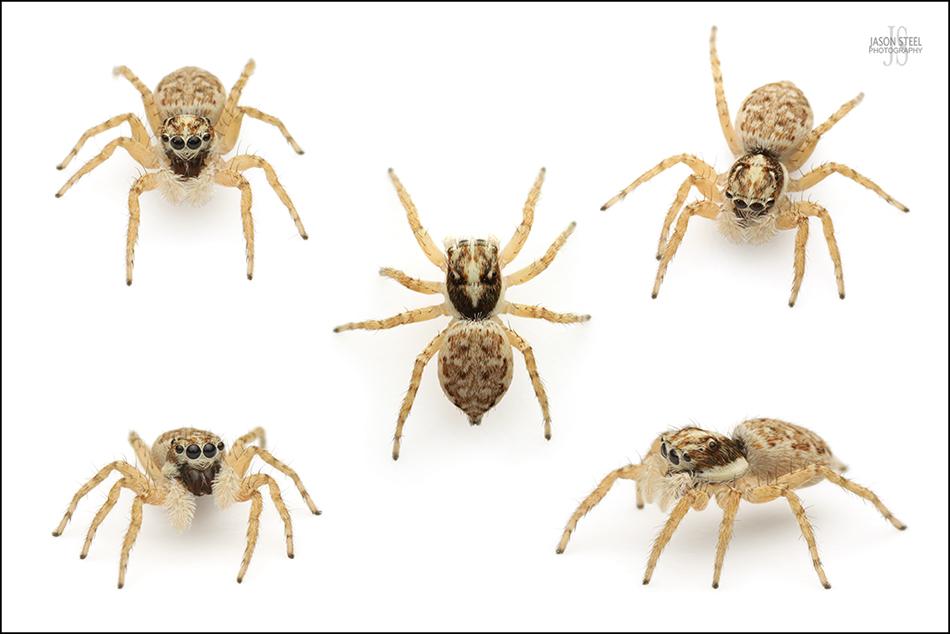
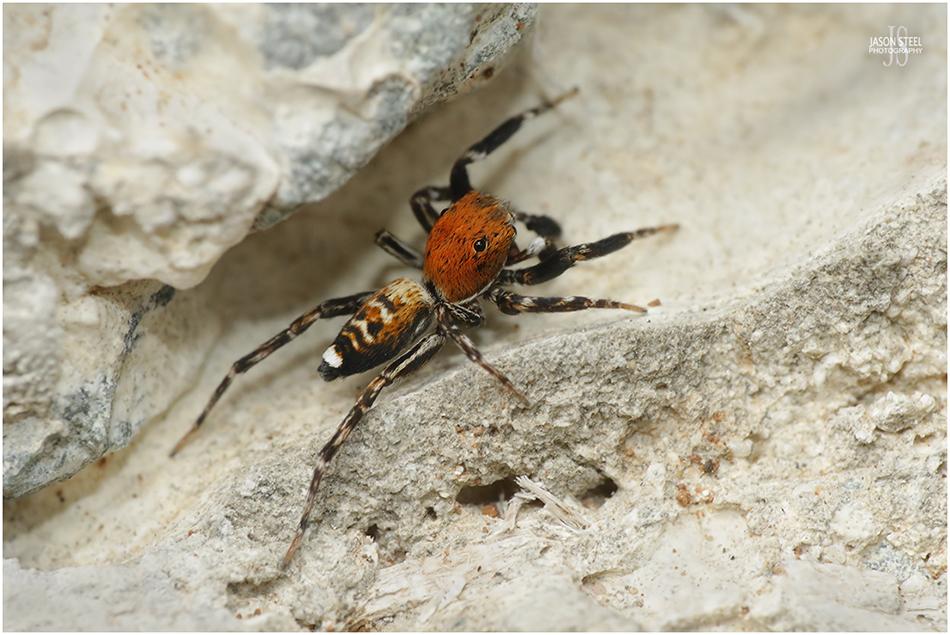
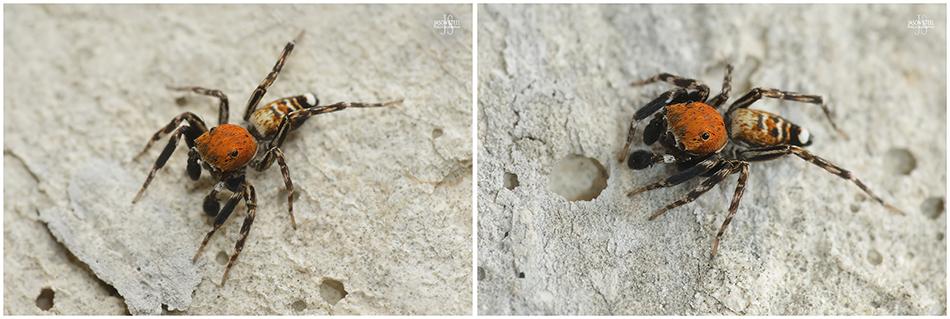
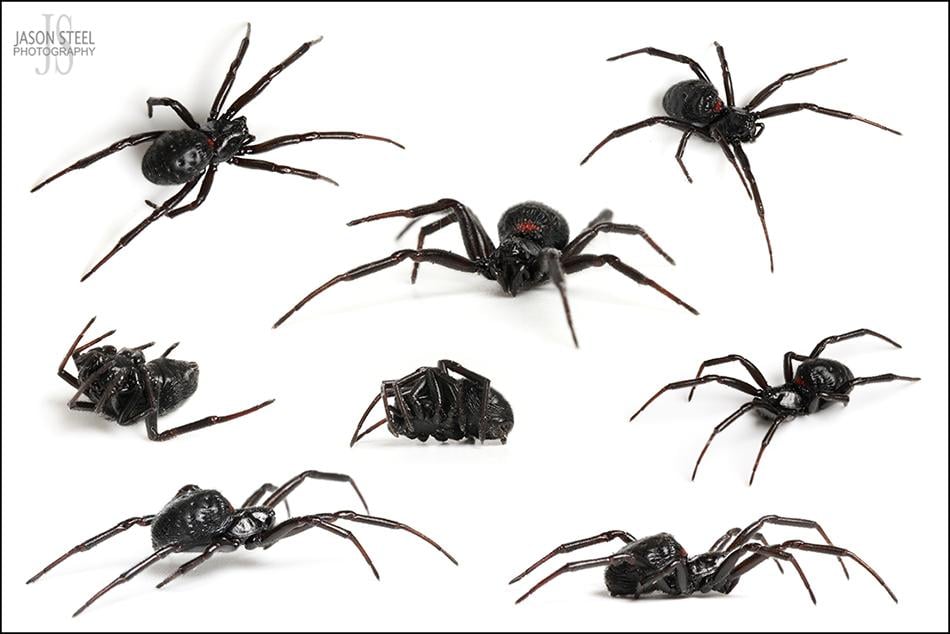
Steatoda paykulliana have a body-length of around 8-13mm for females and a leg-span of up to 35mm. Males are smaller at 4.5 - 7mm in body-length.
Steatoda paykulliana is a species found across the Mediterranean that sometimes find its way to the UK amidst imported grapes and other fruit. However there is no evidence available to substantiated any claimed reports of Steatoda Paykulliana being found wild and established anywhere in the UK.
With its dark black body, and often red markings, this is the species most likely to be mistaken for the far more venomous Black Widow Spiders of the Latrodectus genus. The red markings on the Mediterranean False Widow can also be yellow, orange or white instead of red. However Steatoda paykulliana do not possess the red hour-glass marking usually present on the underside of many Black Widow Spiders.
The bite of Steatoda paykulliana can be quite painful, but it is generally regarded to be of little or no medical significance to humans. Steatoda paykulliana, like other False Widows in the Steatoda genus, are not aggressive and bites to humans are rare in the Mediterranean countries where Steatoda paykulliana are native. In laboratory conditions, during the 1960's & 70's when such tests were more acceptable, Steatoda Paykulliana has been proven to have a venomous bite powerful enough to kill small mammals though, including mice and even large guinea pigs! (see page 26) LINK. The French INPN (The National Inventory of Natural Heritage) reports that in laboratory conditions Steatoda Paykulliana has been proven to kill adult rats and temporarily paralyse rabbits. LINK
Where I have found Steatoda Paykulliana in Cyprus and southern Spain the conditions were very hot and very dry, and the spiders were found hidden away in darkness beneath rocks on sandy soil at coastal sites. This xerophilic species seems to require hot, dry conditions with low humidity, where it can build its webs low to the ground. The most obvious places that would appear to meet its needs would be within human habitations, and yet Steatoda Paykulliana is more often found outside homes within its natural range.
In 2019 the Cyprus Spider Catalogue listed the following Steatoda species recorded in Cyprus: Steatoda albomaculata, Steatoda erigoniformis, Steatoda grossa, Steatoda paykulliana, Steatoda trianguloides, Steatoda triangulosa.
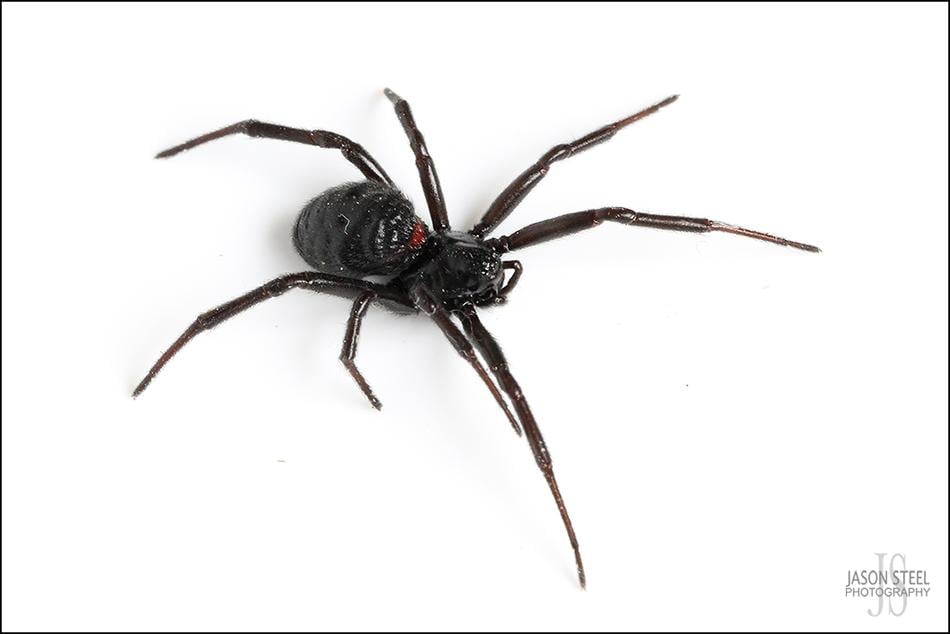
This female specimen has an unusually shrivelled abdomen due to having just produced several egg-sacs, which it was guarding when I found it under a large rock in Paphos, Cyprus. These spiders can have a red, yellow or white band around the abdomen. Sometimes they display a midline pattern on their abdomen which can consist of a stripe or a series of triangles or chevrons. In their native countries the Mediterranean False Widow Spider is usually found low to the ground in dry and semi-dry environments with sparse vegetation. Ideal sites include dunes, moors and heathlands, where they are usually found in cracks in walls or under rocks. Other places where Steatoda paykulliana are frequently found include log piles and disused mammal burrows. Mature females usually produce several large, white, fluffy egg-sacs that are as large as the female herself.
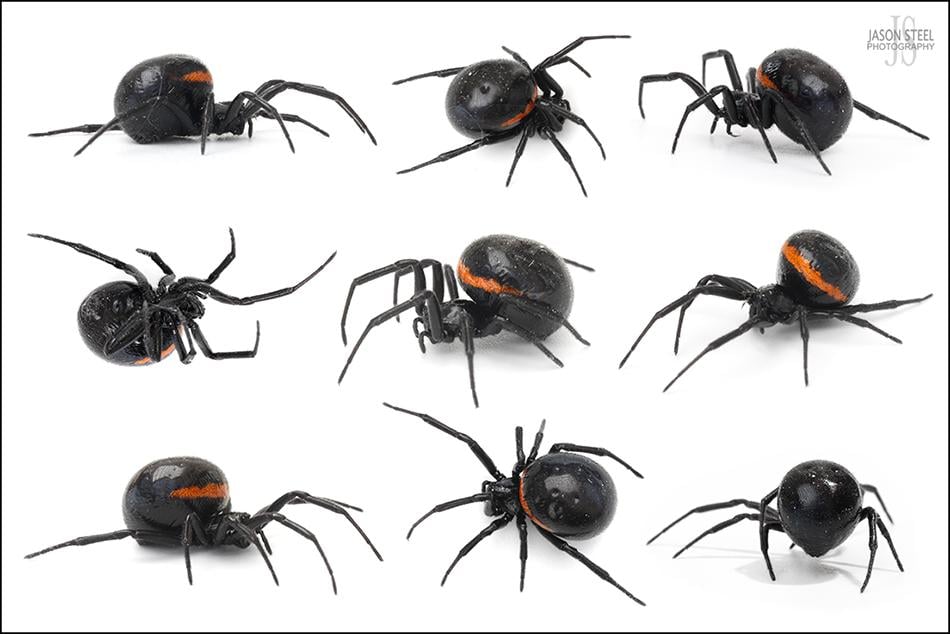
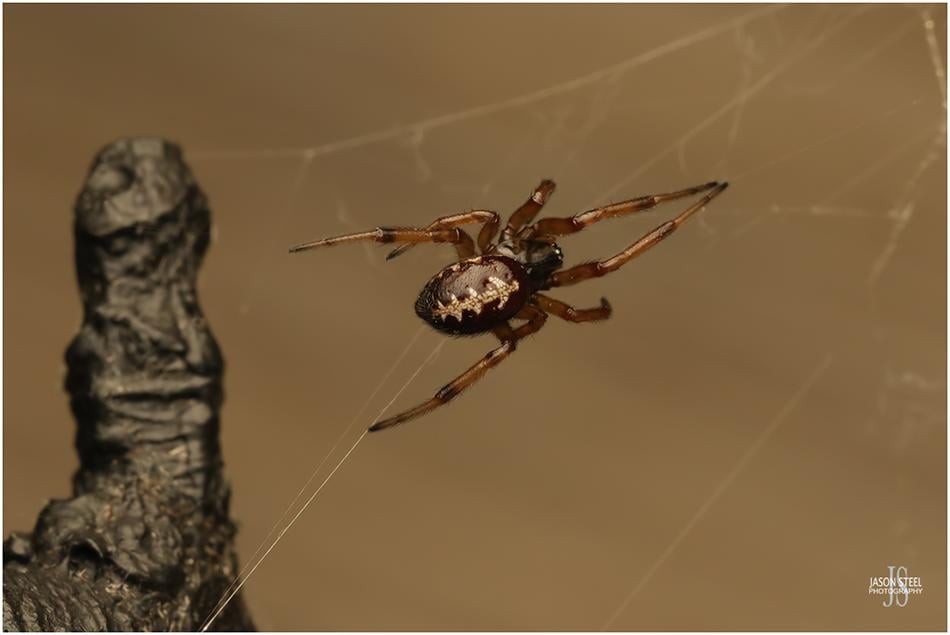
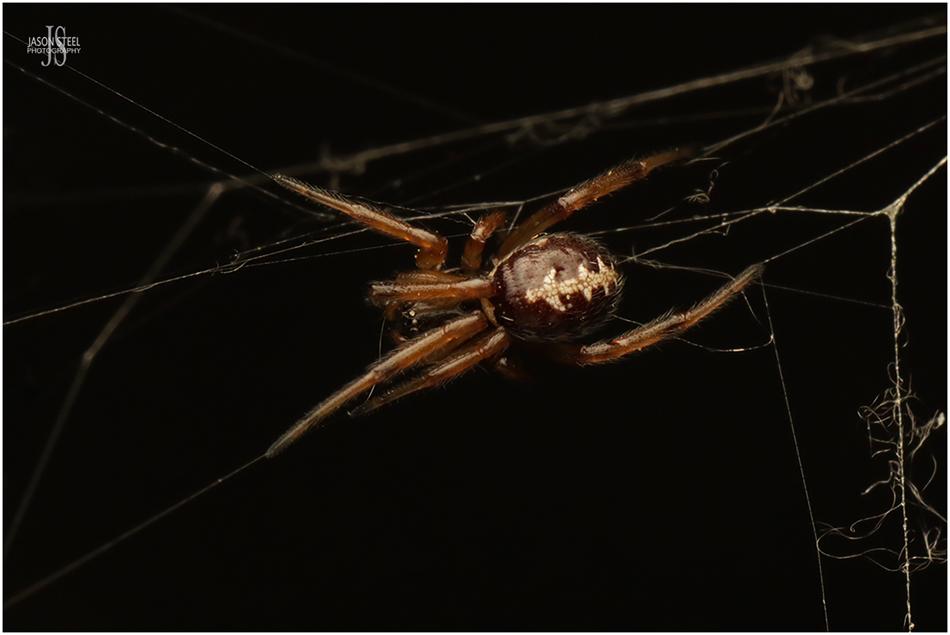
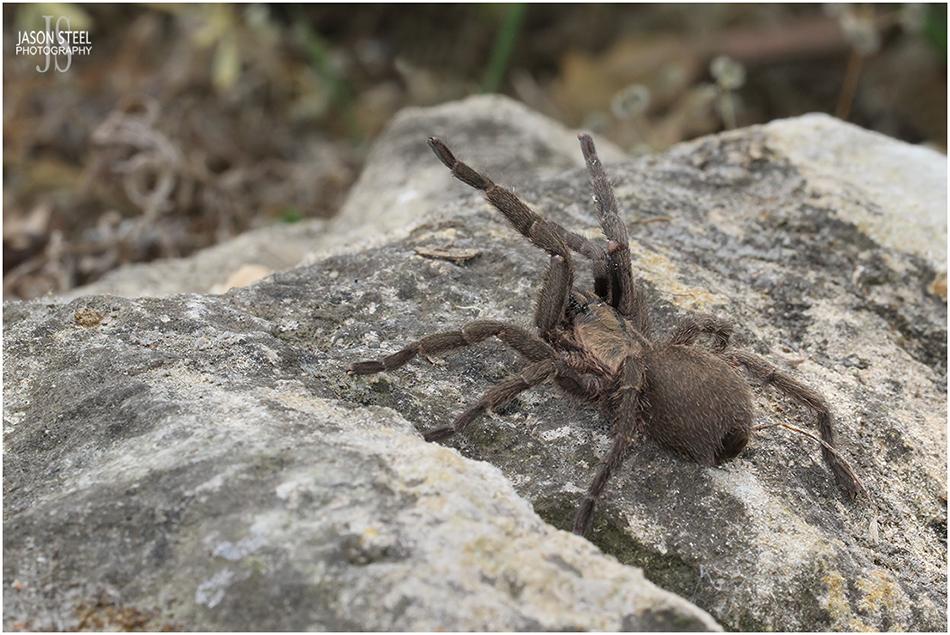
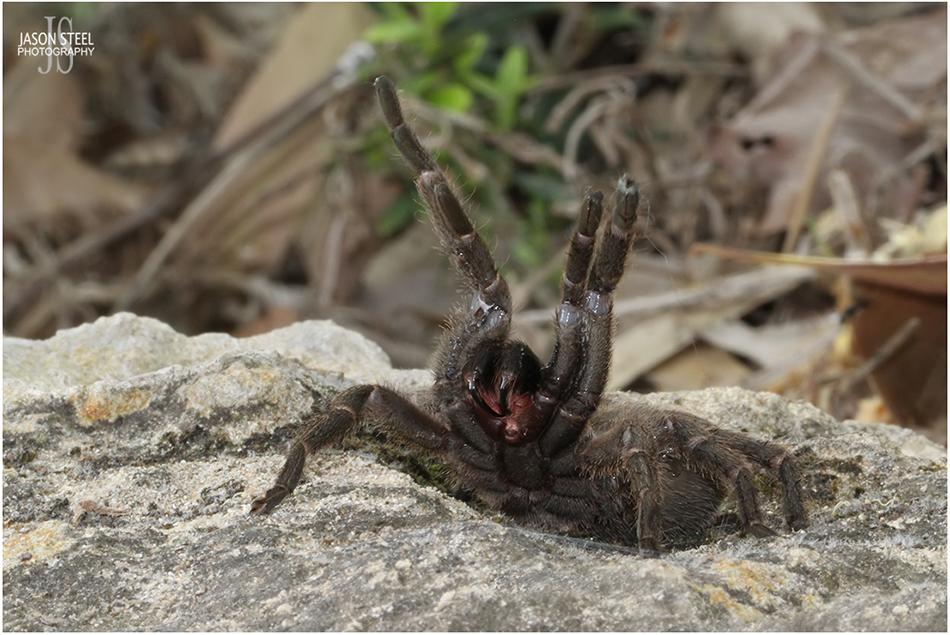
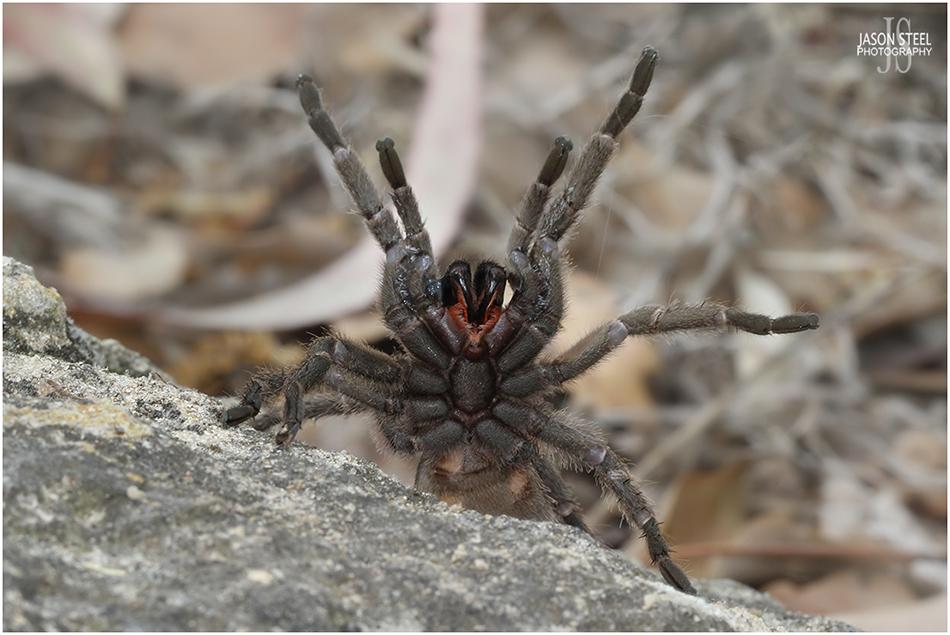
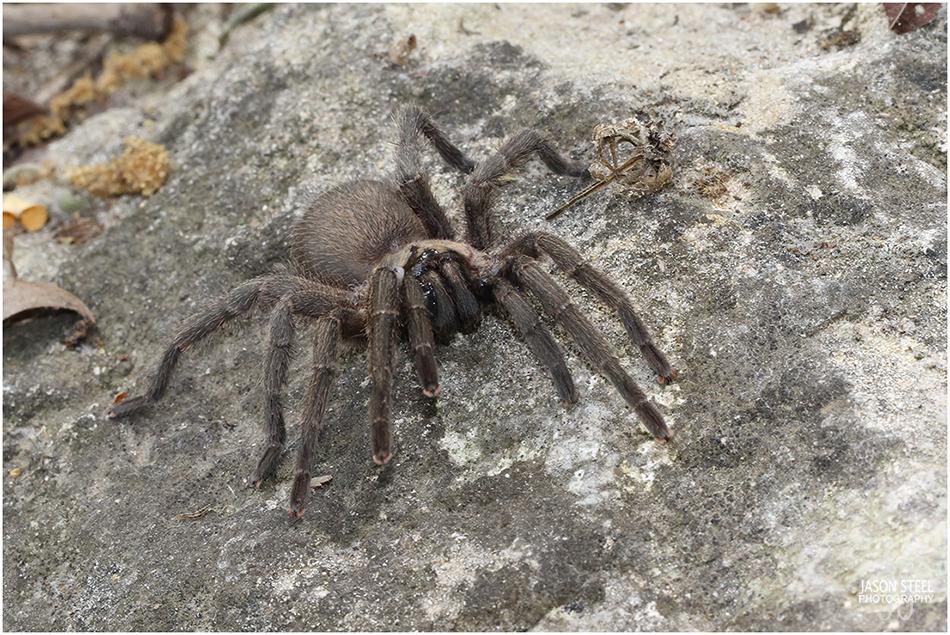
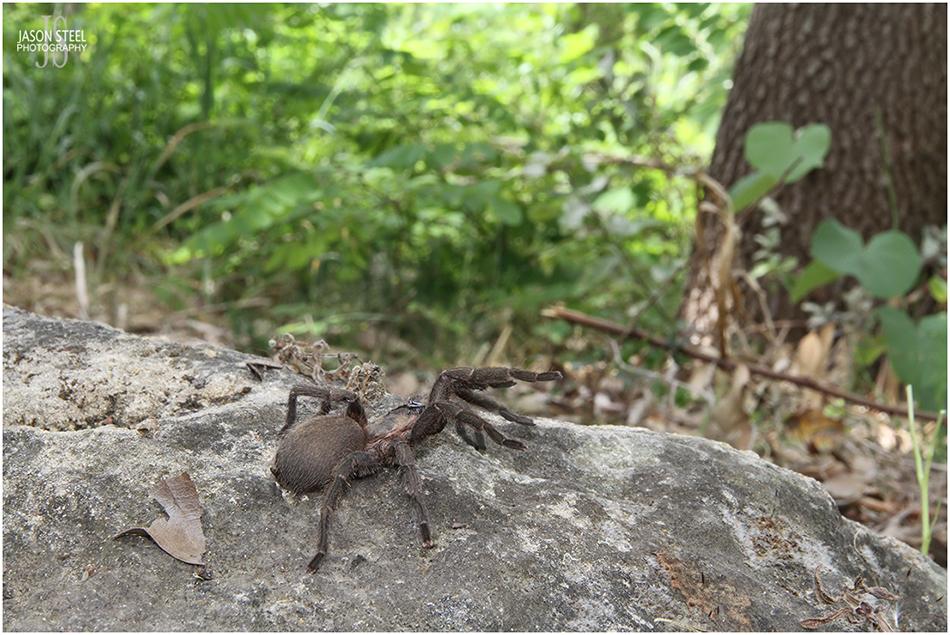

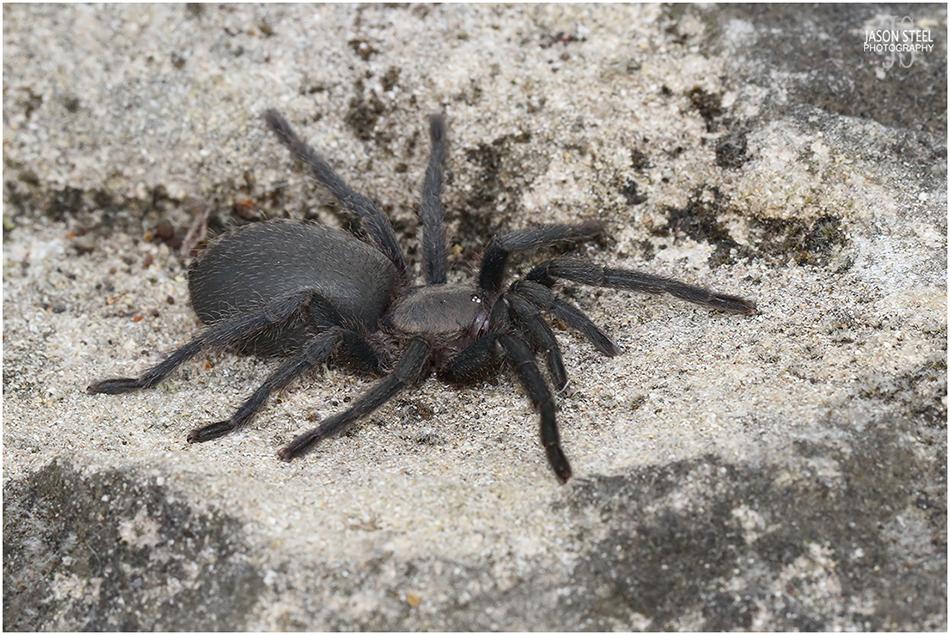
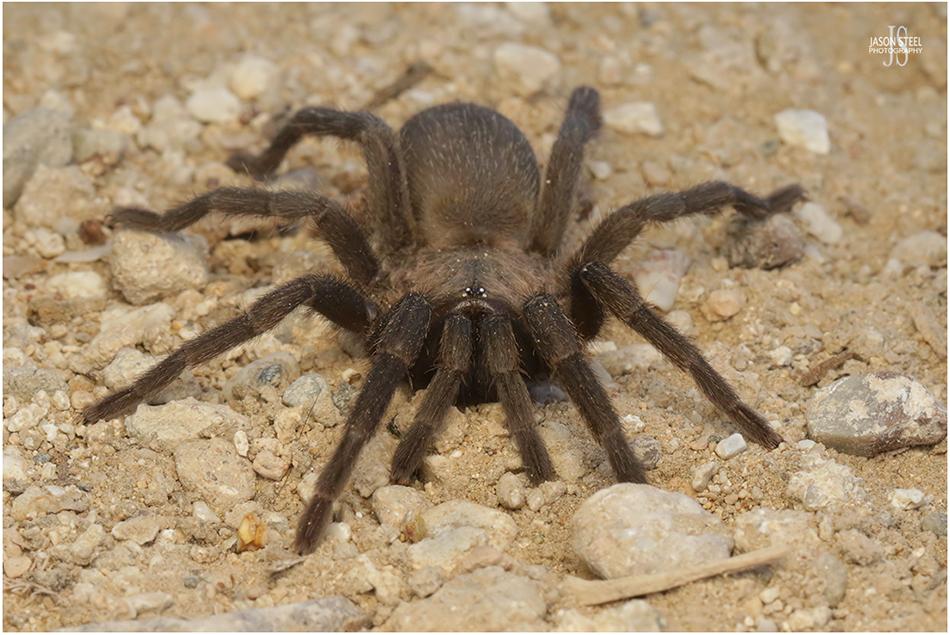
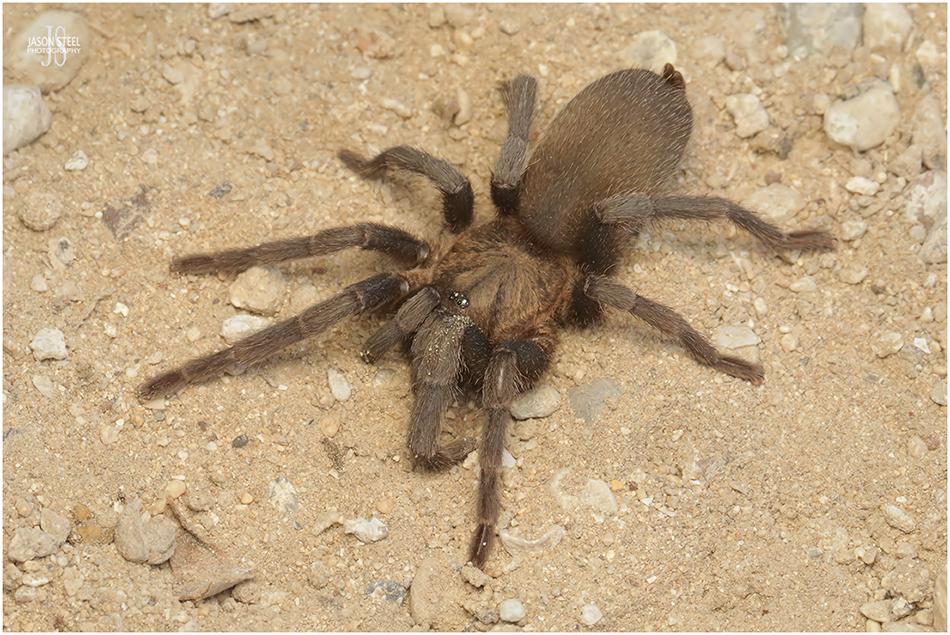
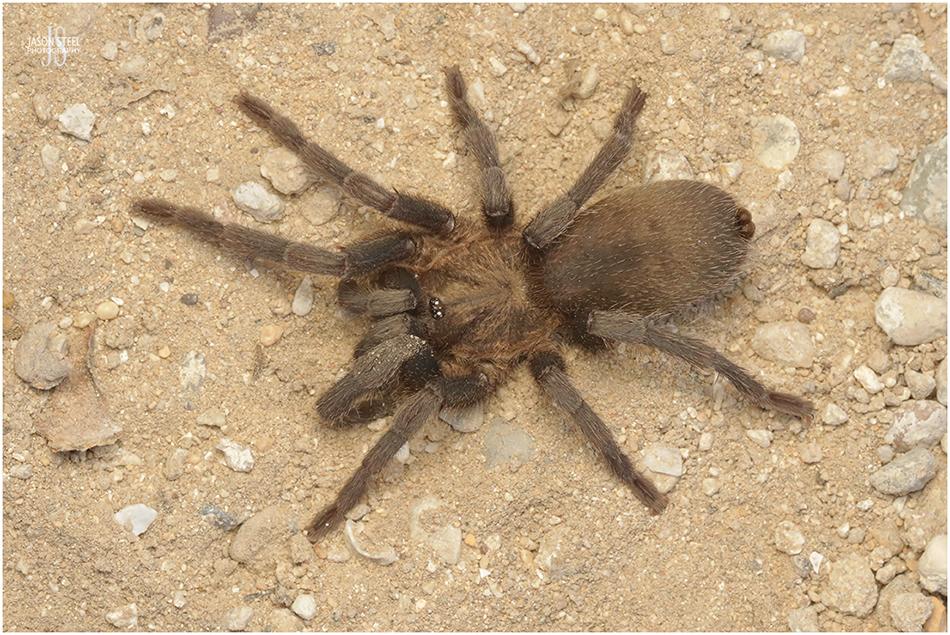
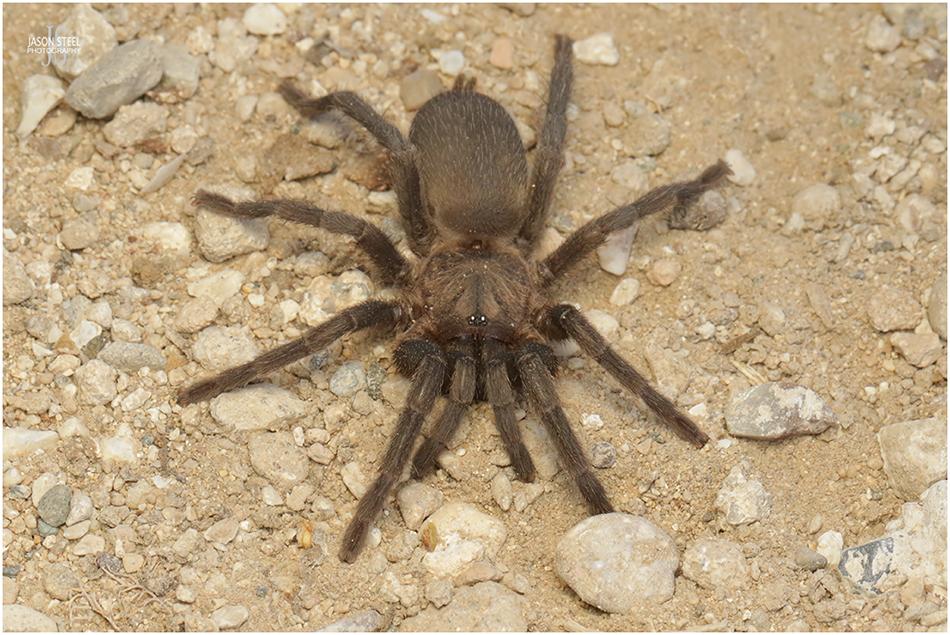
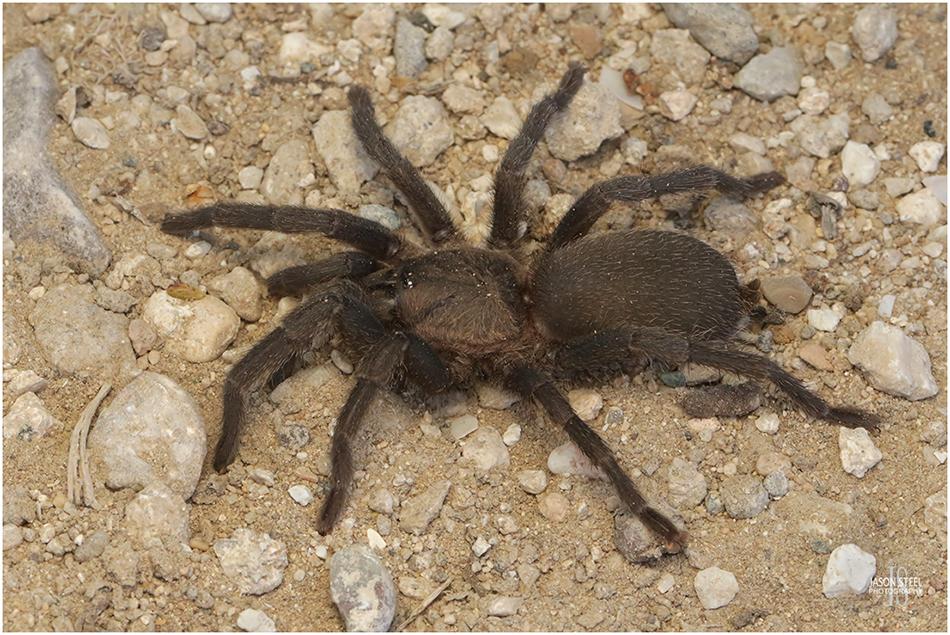
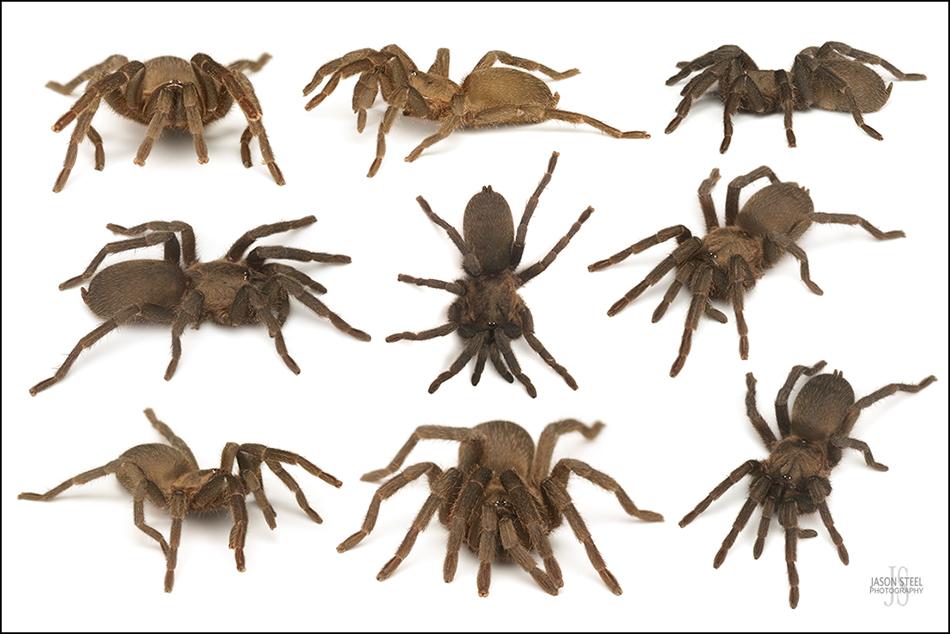
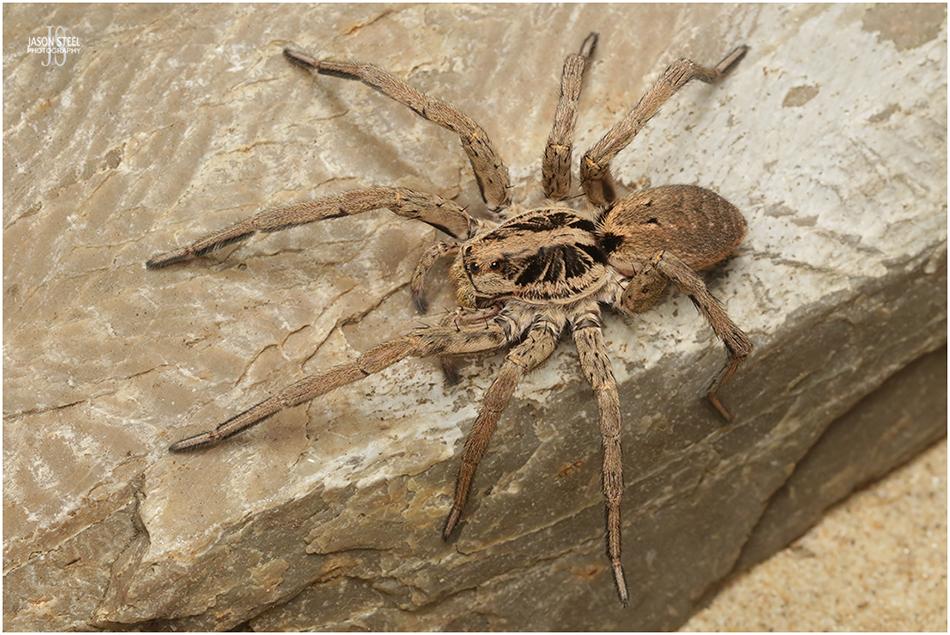
Hogna Radiata is a large and impressive Mediterranean species of Wolf Spider, found in Southern Europe, West Asia and North Africa. These stocky Wolf Spiders are one of the largest Lycosidae in Europe and are considered to be common in many parts of their native range. Males typically grow to a body-length of around 9-18mm. The larger females typically grow to around 12.5 - 25mm in body-length, with a leg-span of around 60mm. Due to its size and strength this wandering hunter is capable of taking down larger prey than itself, but the venom is reportedly only effective on smaller invertebrates and the Radiated Wolf Spider usually targets small invertebrates that are only around 20% of the spider's size. Some sources claim that the Radiated Wolf Spider is nocturnal, and hunts at night, whilst other sources claim this species is diurnal, and hunts during the daytime. There are plenty of photos online of this species being found wandering both night and day so it's probably safe to assume this spider is actually cathemeral, and will hunt both night and day, depending on the time of year and the weather.
The typical habitat of the Radiated Wolf Spider consists of warm, dry habitats, often scarcely vegetated. They can also often be found in dry grassland, open woodland and steppes. Mating usually takes place in the autumn. At this stage the female digs a shallow burrow in loose substrate. There she constructs and egg-sac for her clutch of around 100 eggs. Once hatched, typically in December, the spiderlings stay close to their mother, and whilst small they hitch a ride on her back. They usually disperse and become fully independent around April or May. Males generally live for 1-2 years but the females live for slightly longer at 2-3 years, and occasionally 4 years.
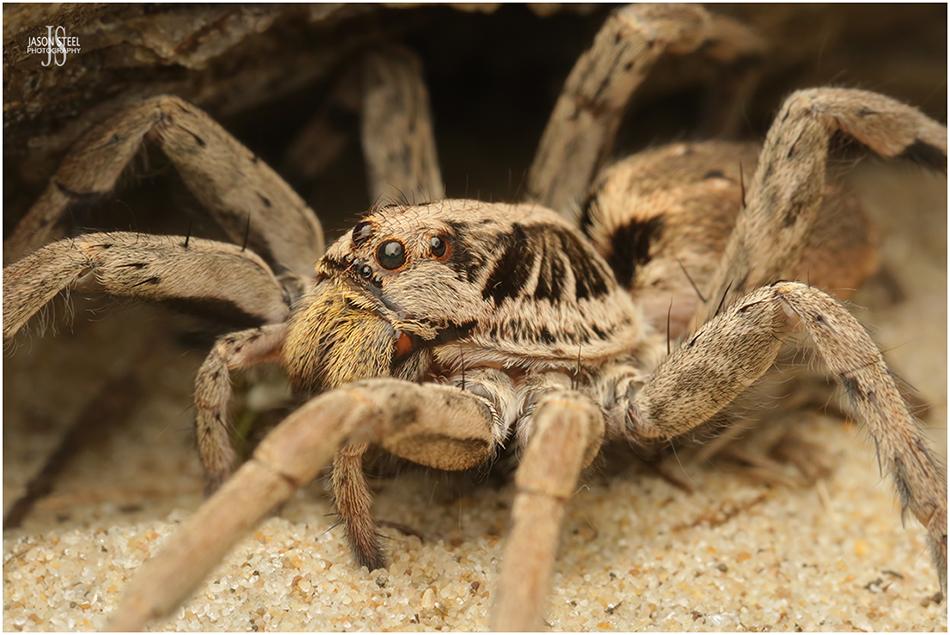
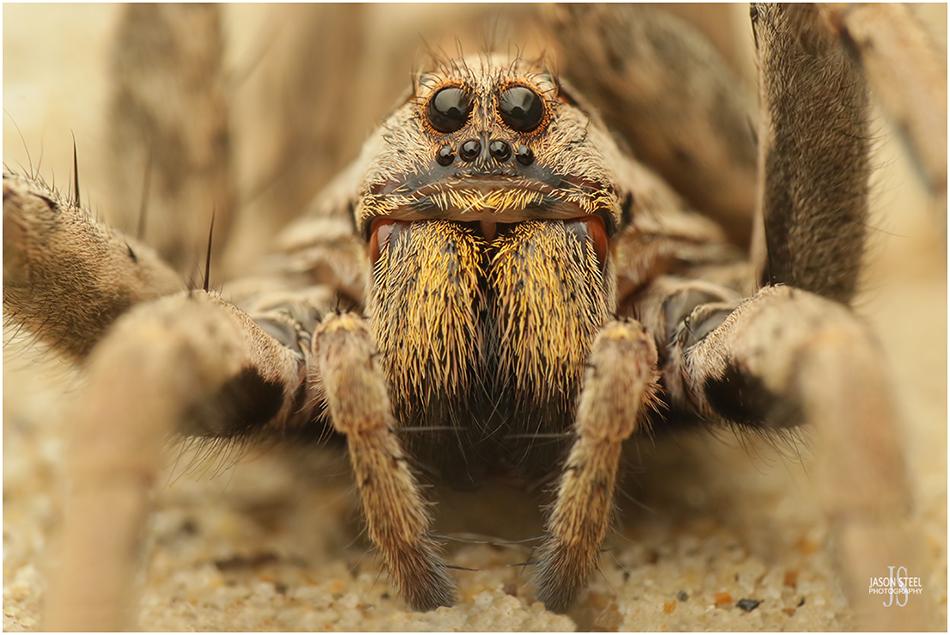
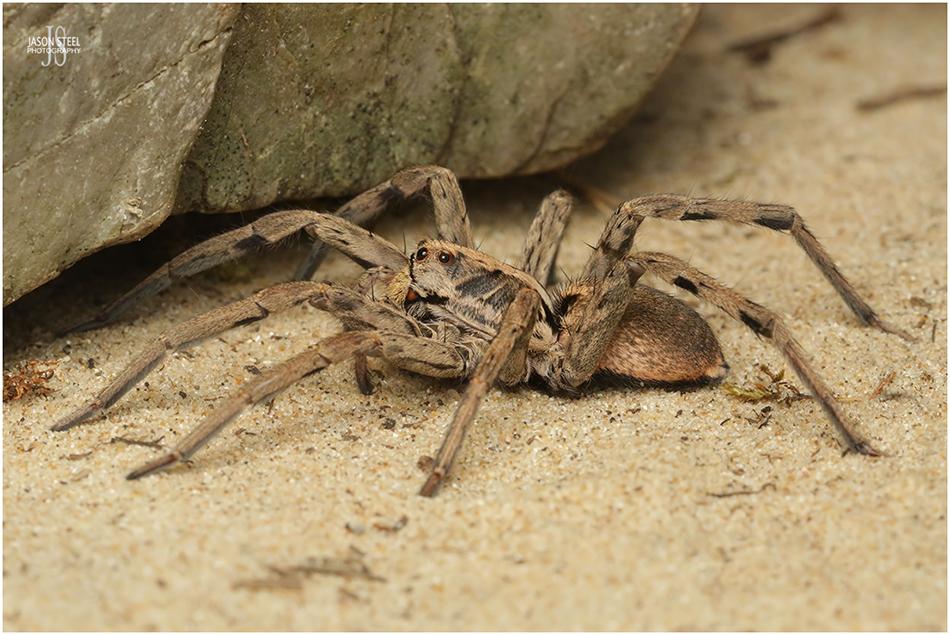
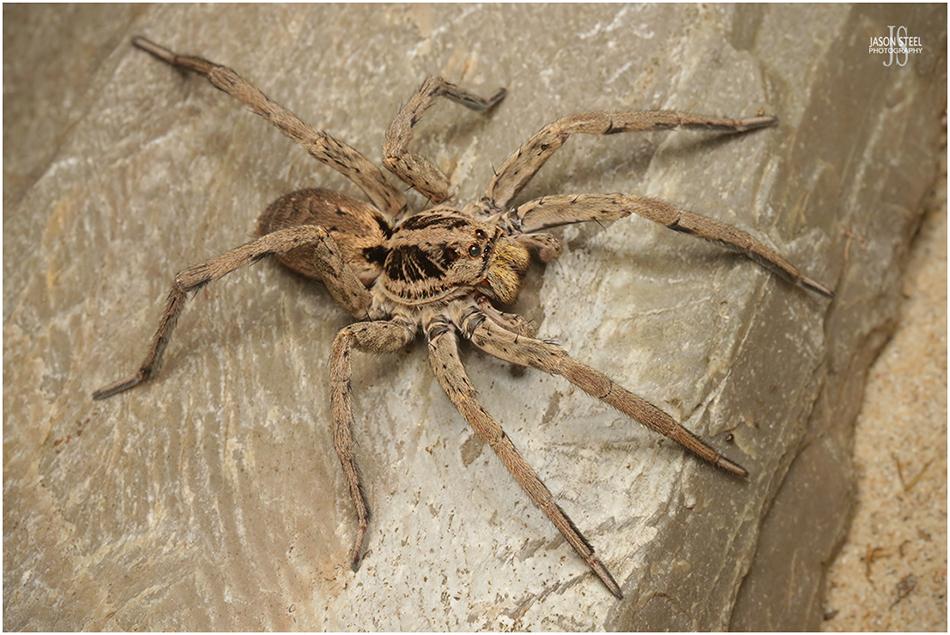
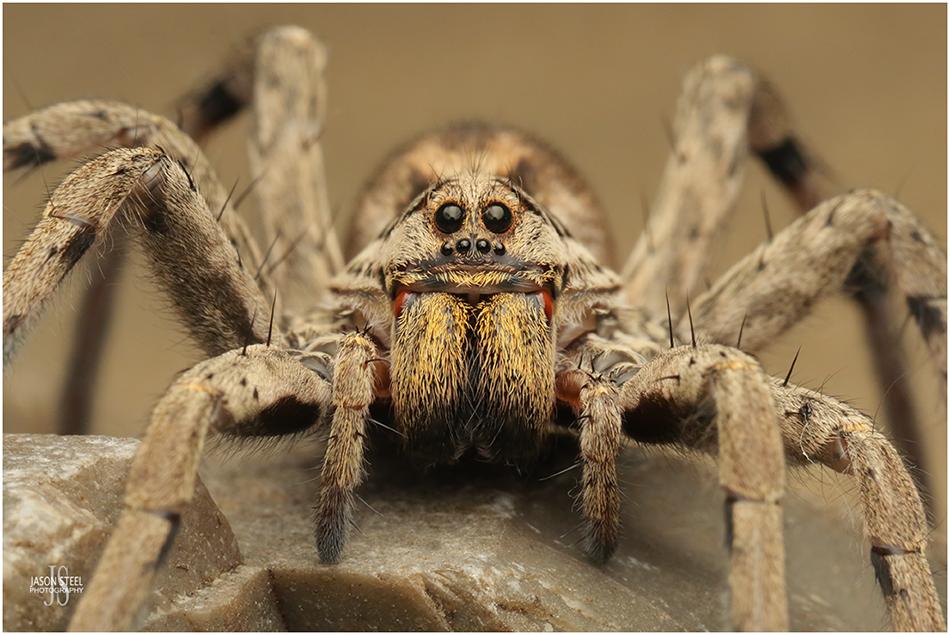
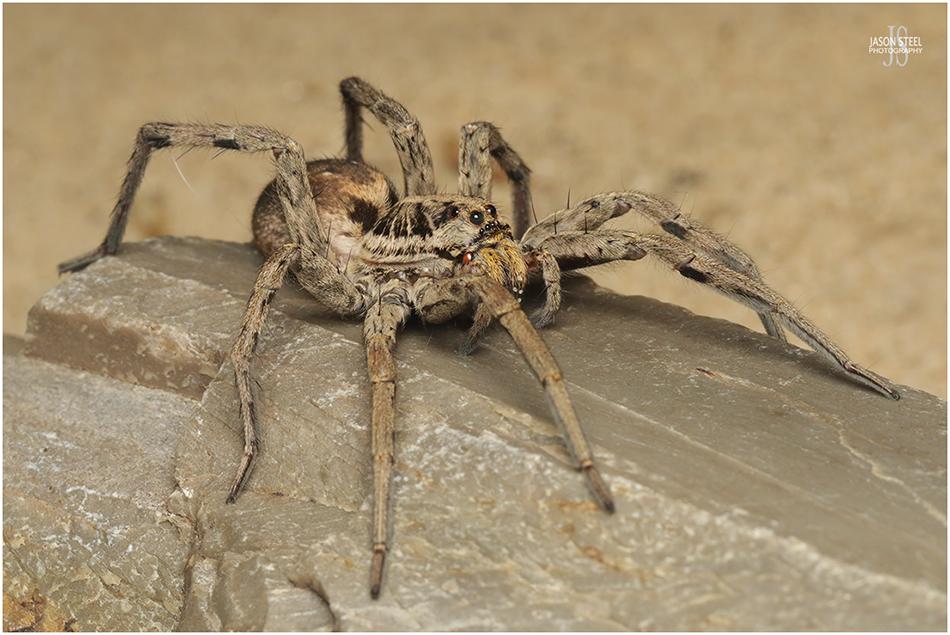
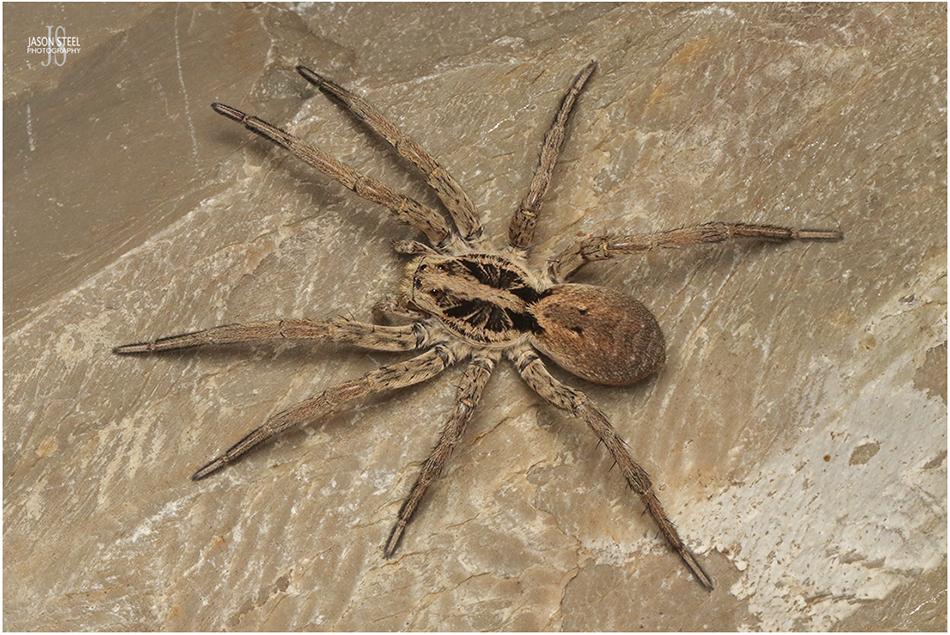
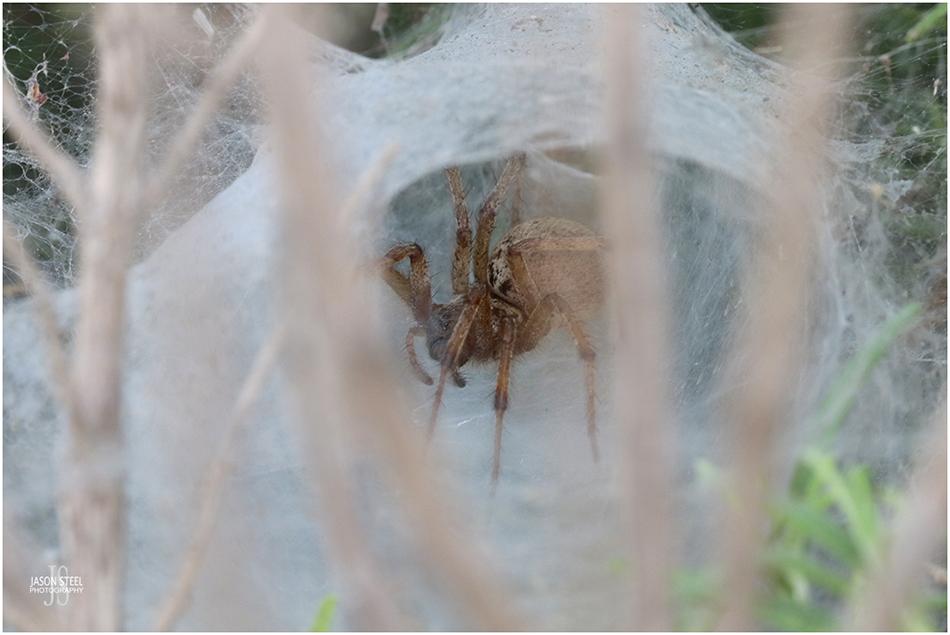
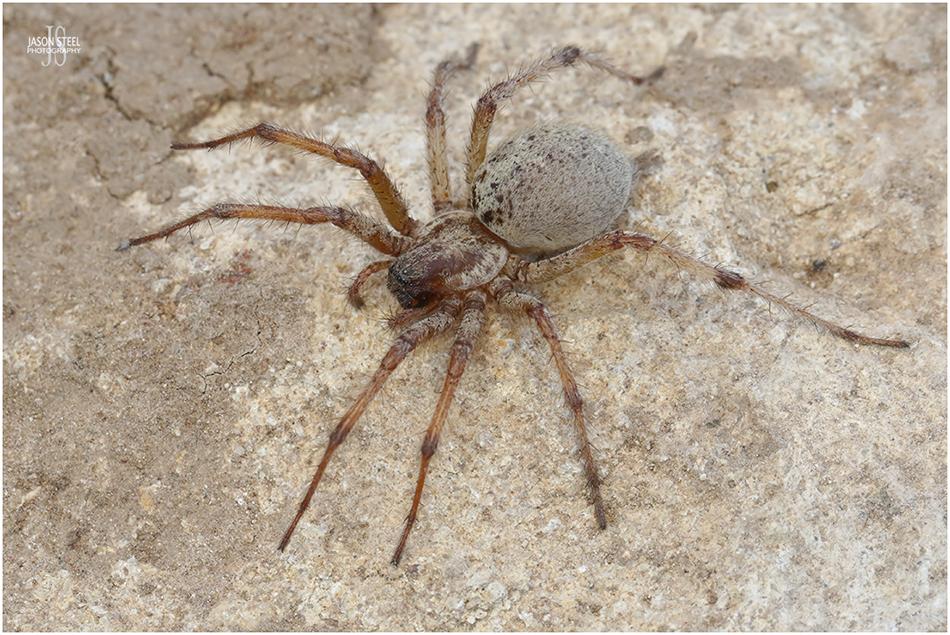
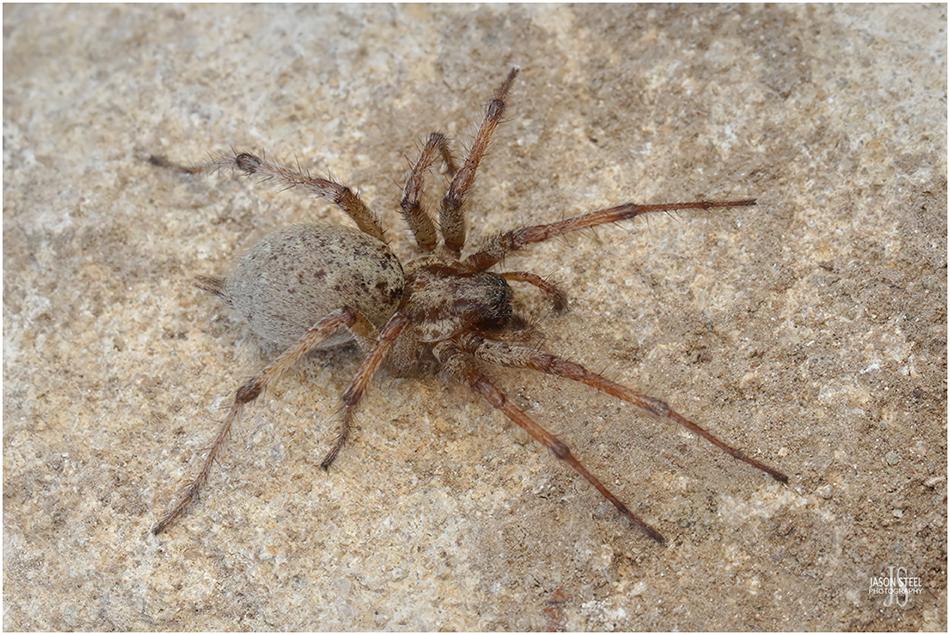

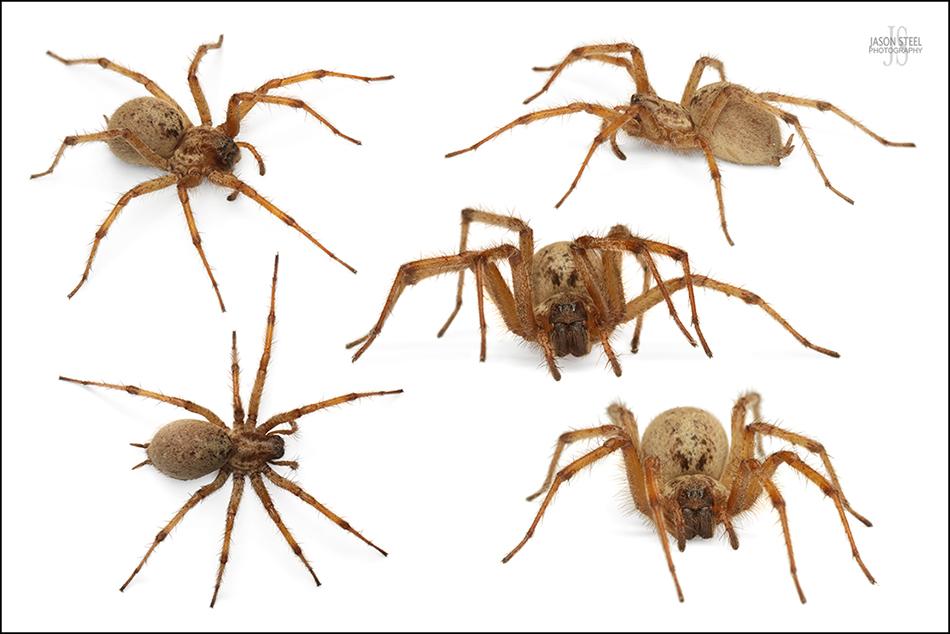
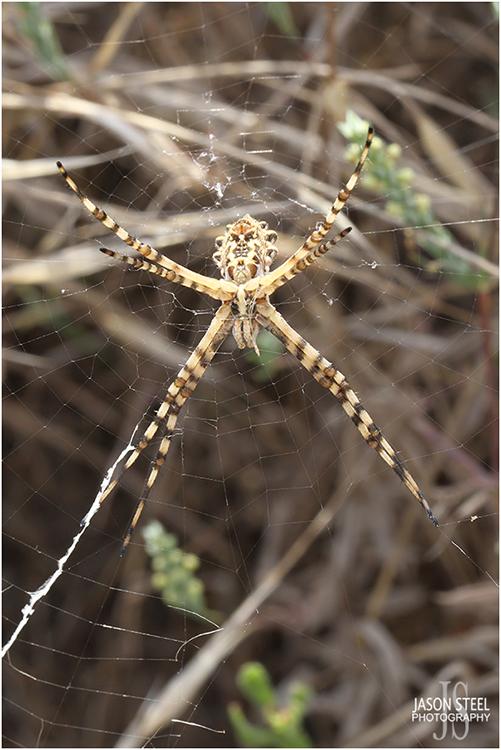

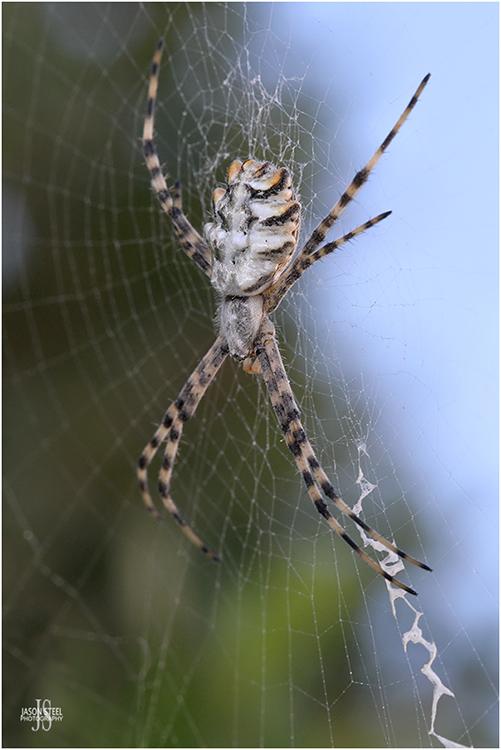

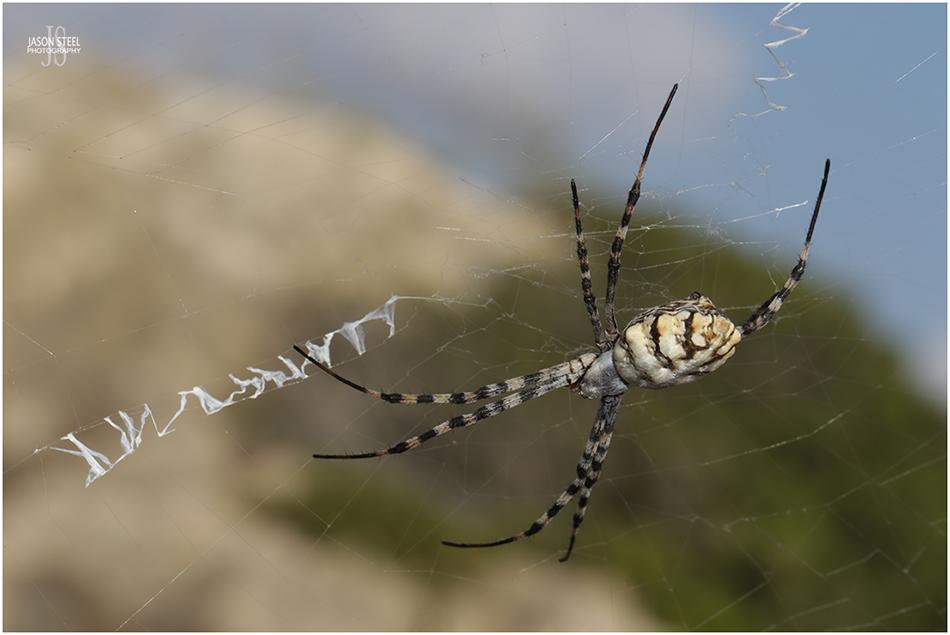
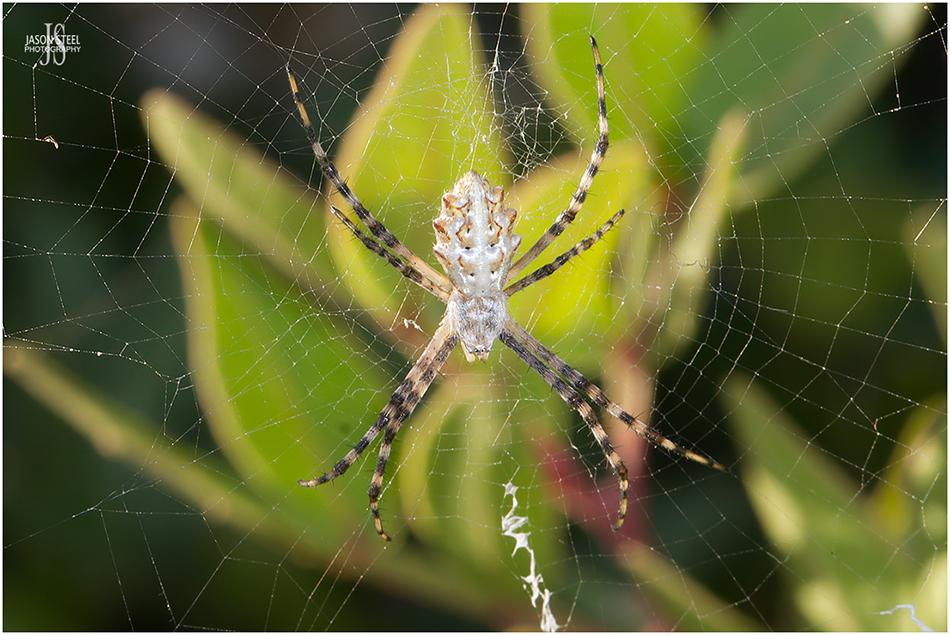
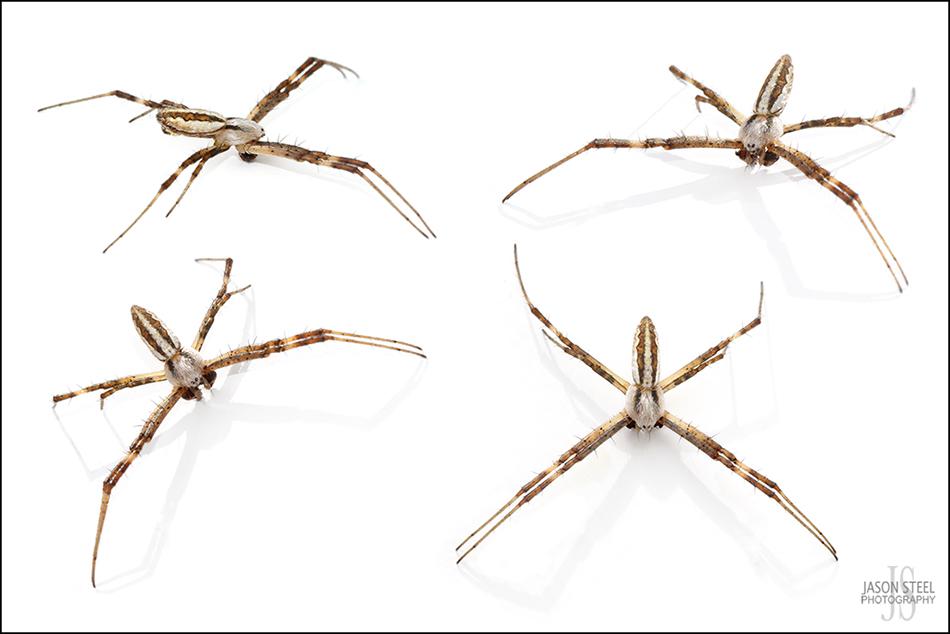
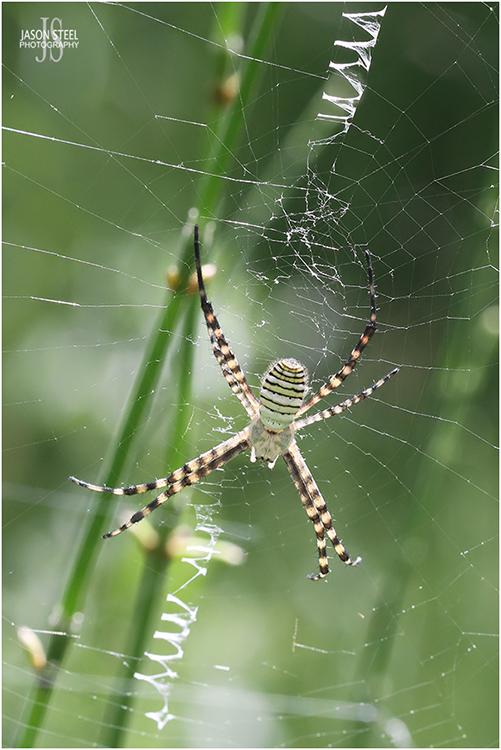
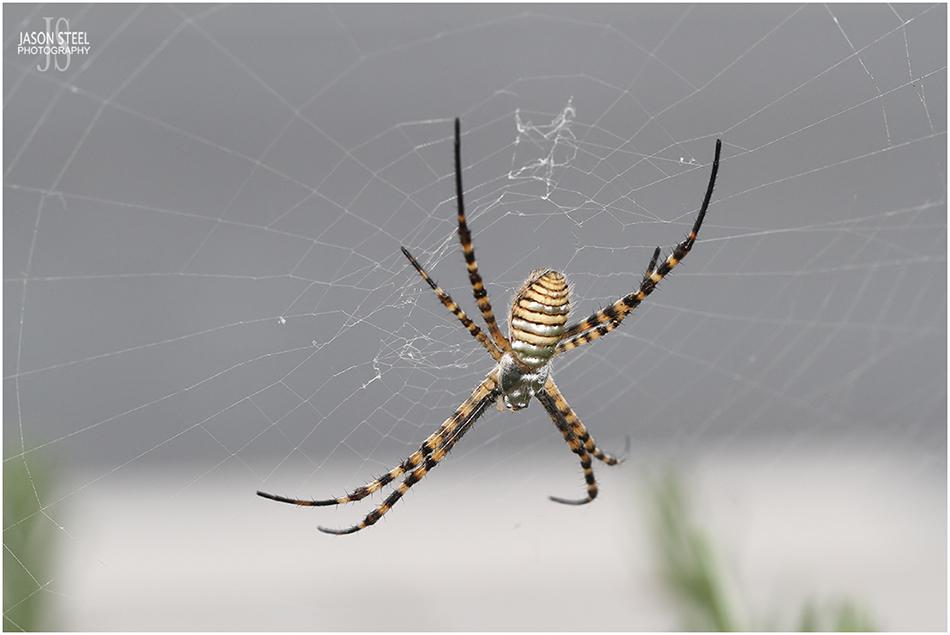
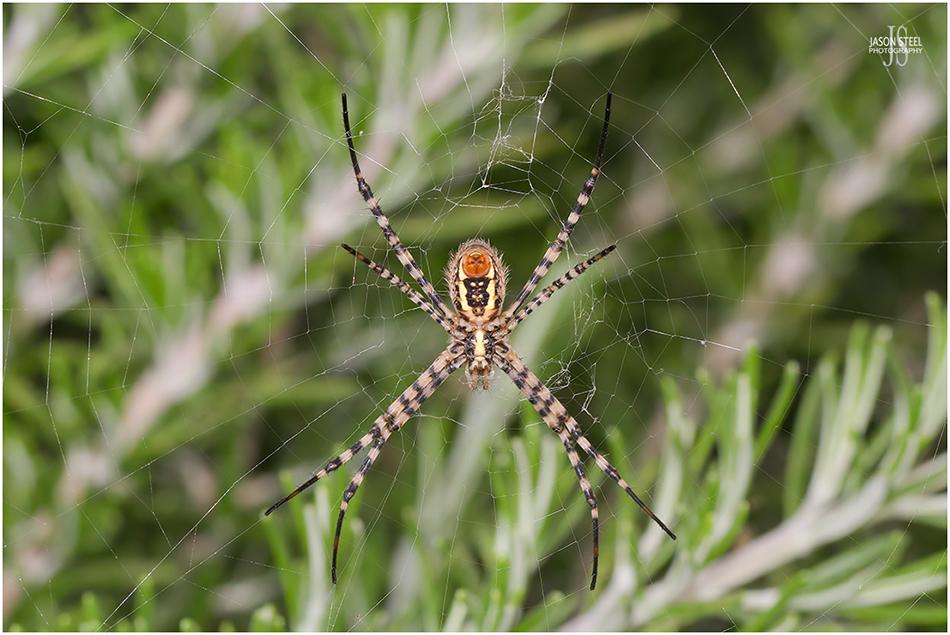
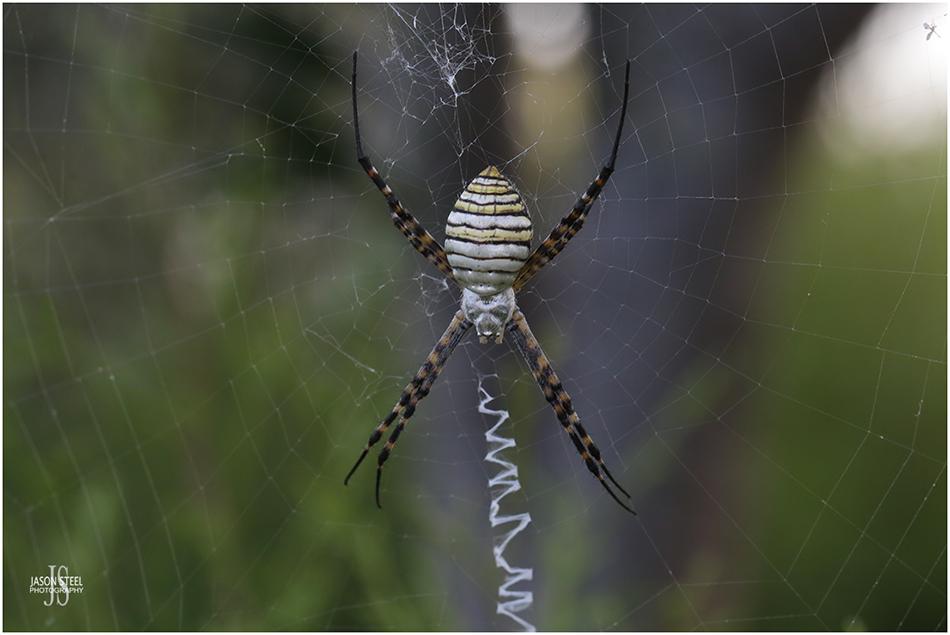
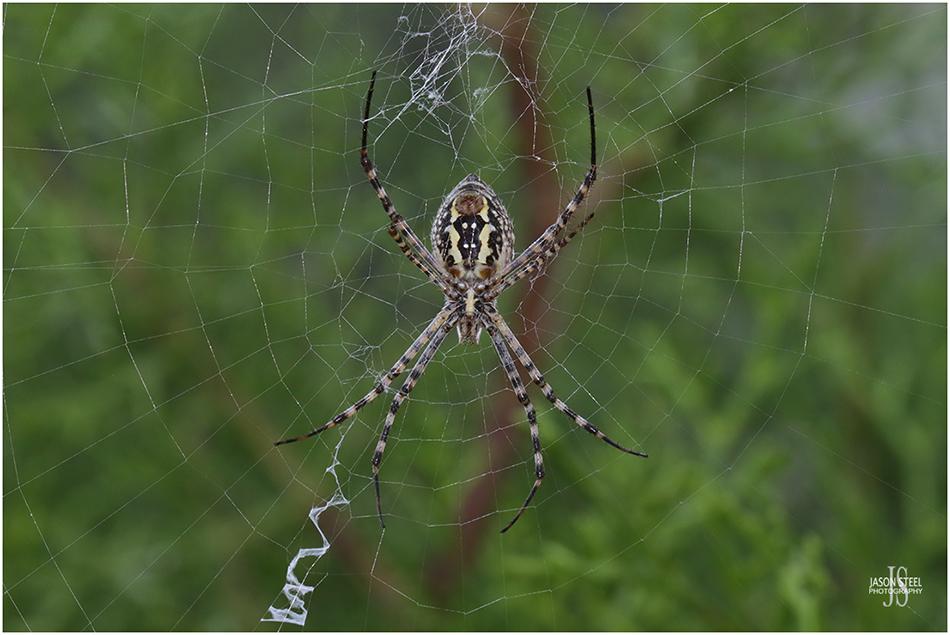
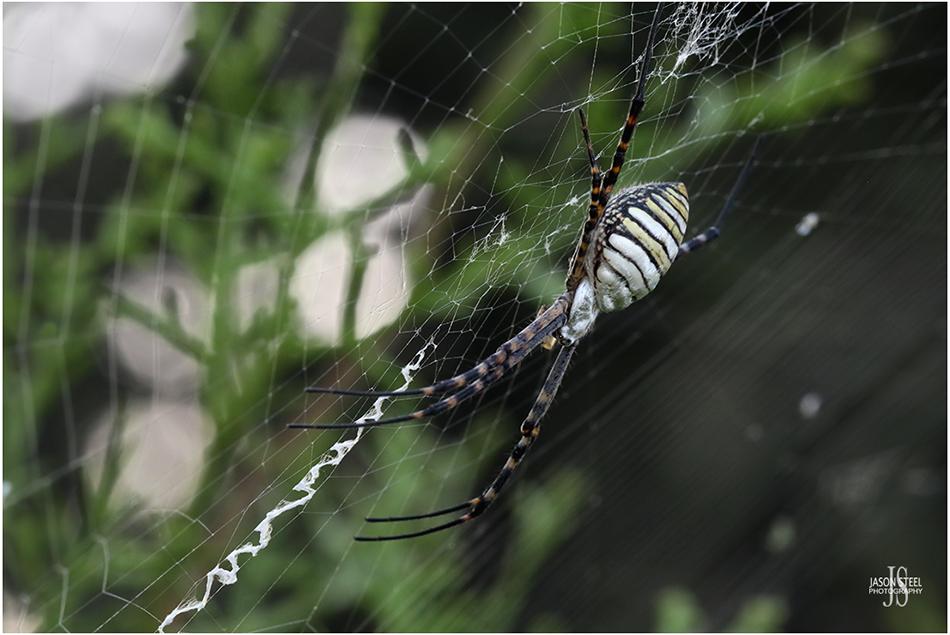
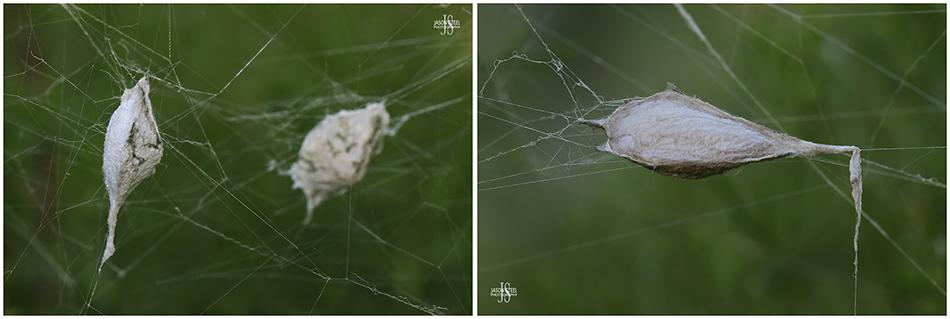
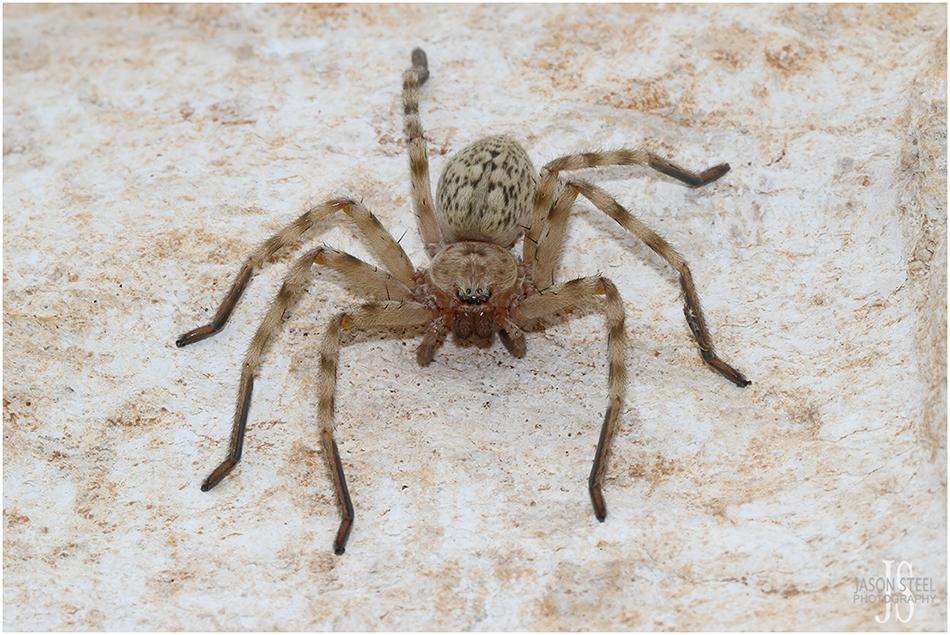
Three species of Green Huntsman, Micrommata formosa, Micrommata ligurina, and Micrommata virescens.
